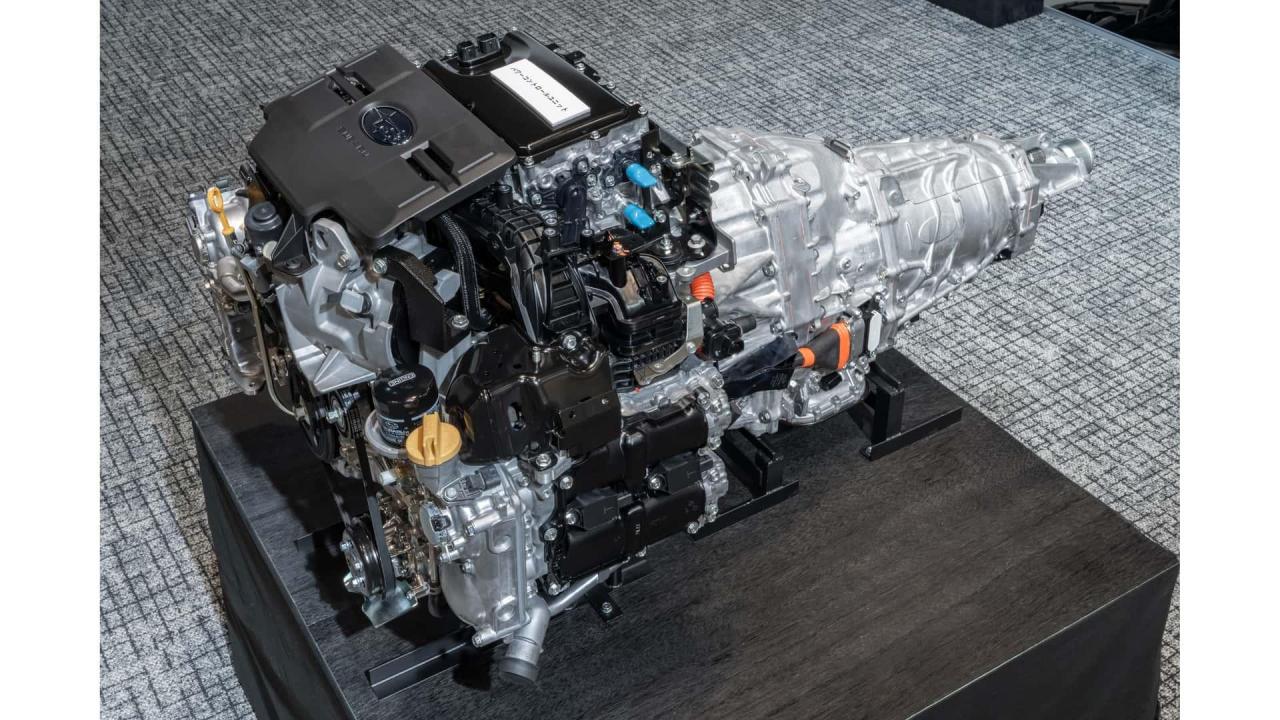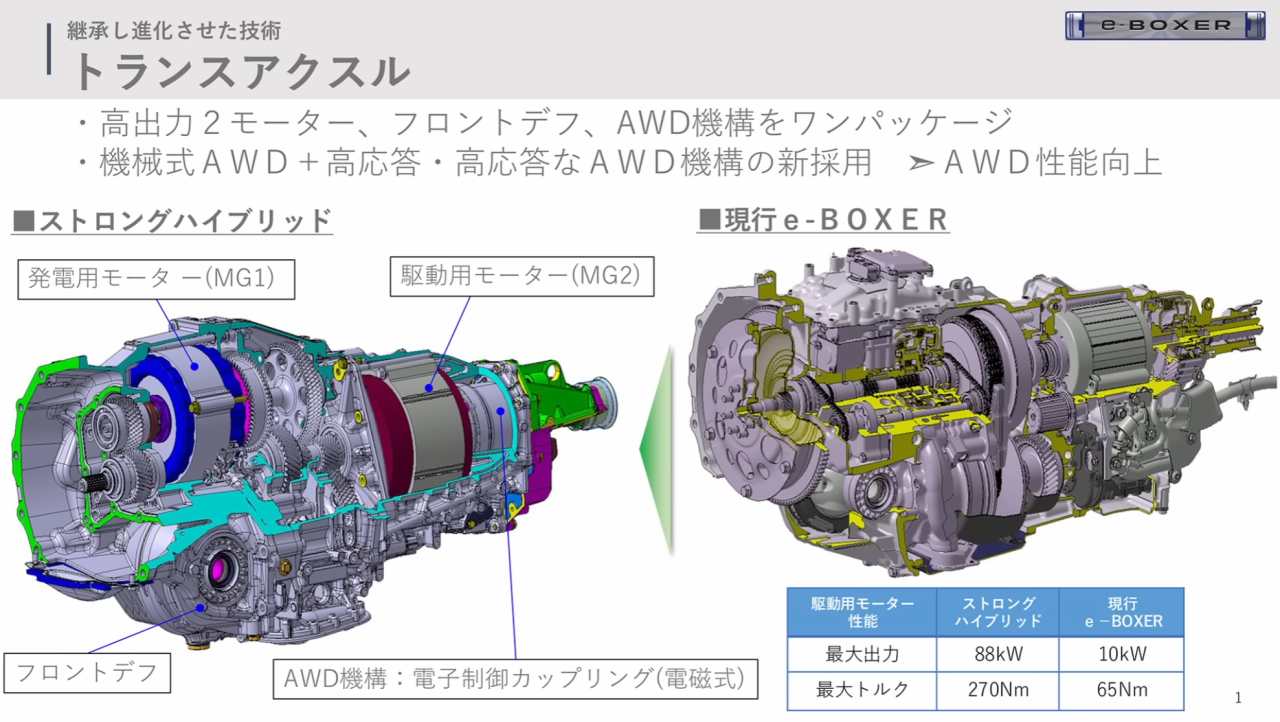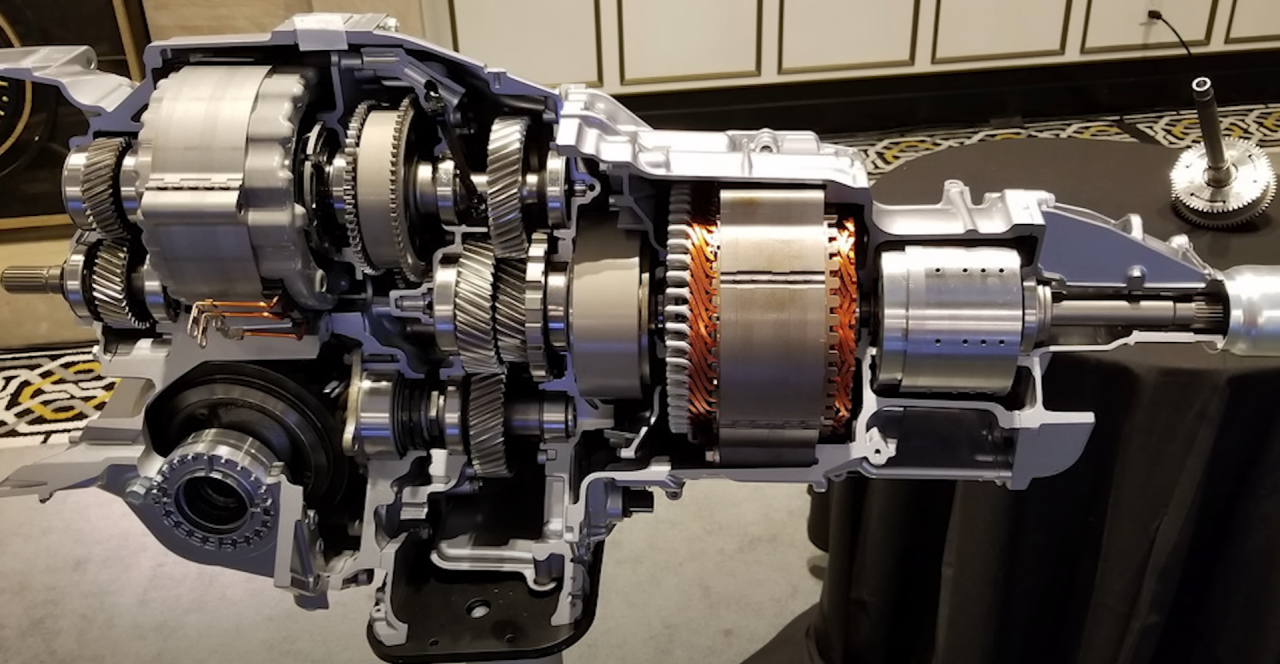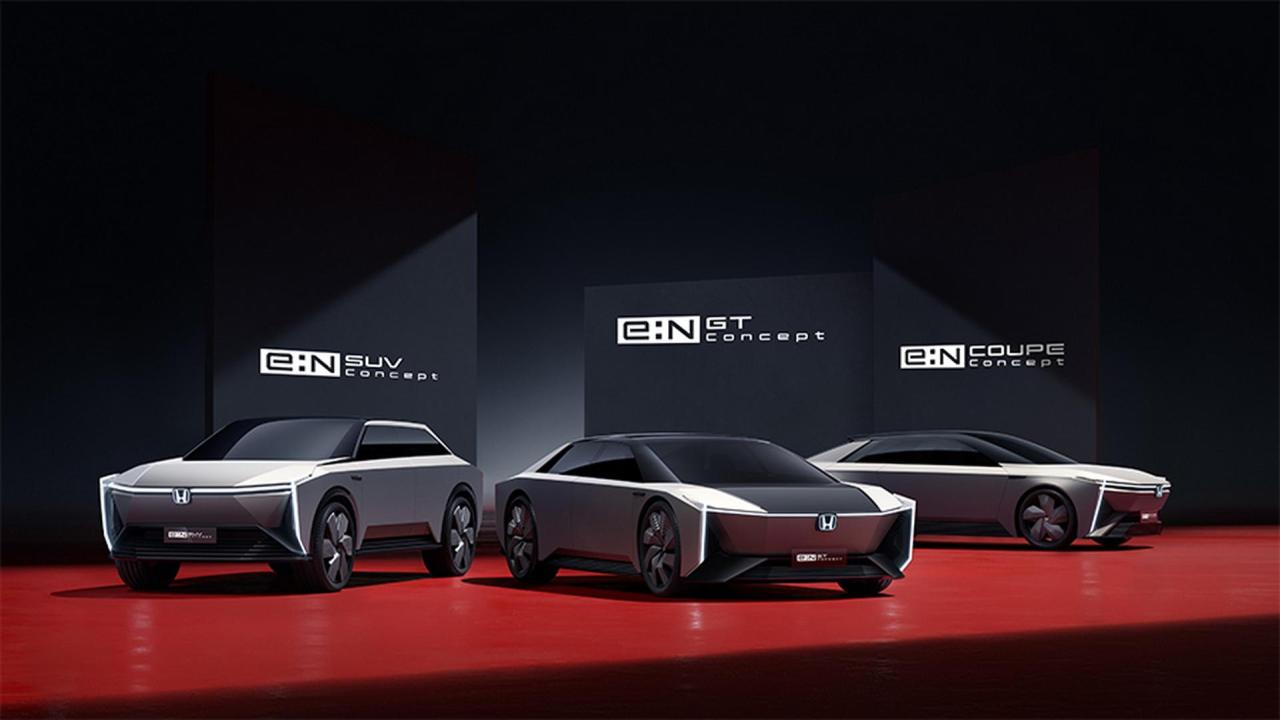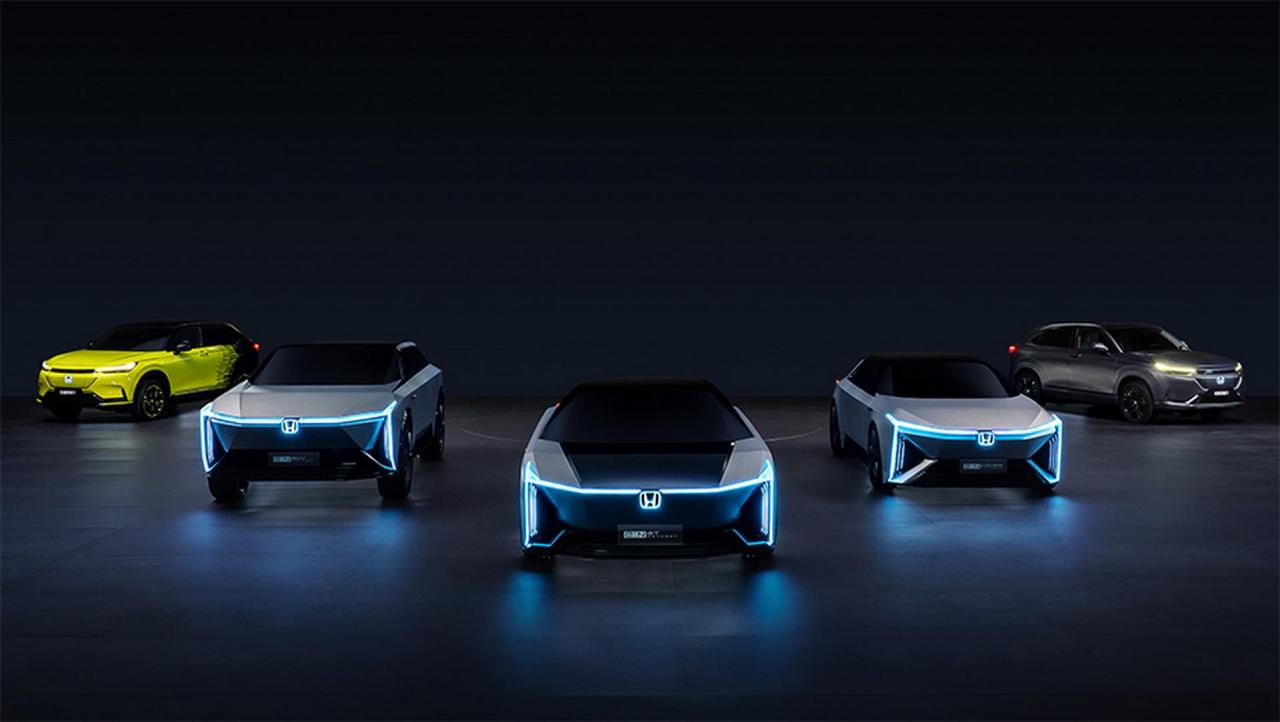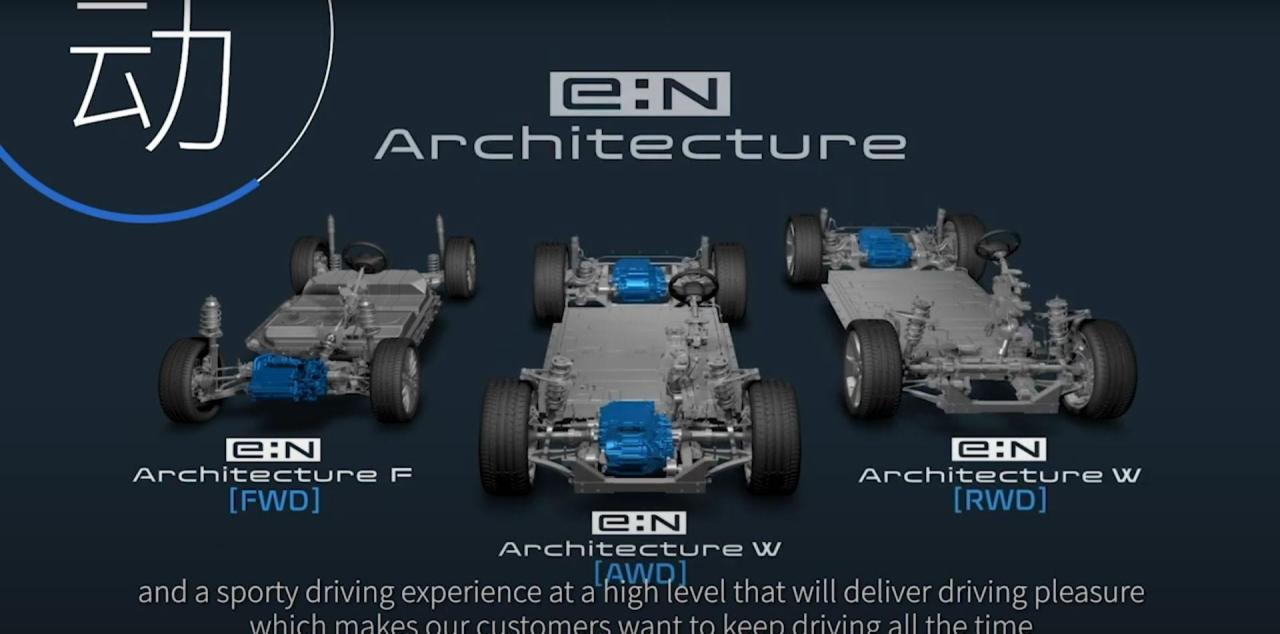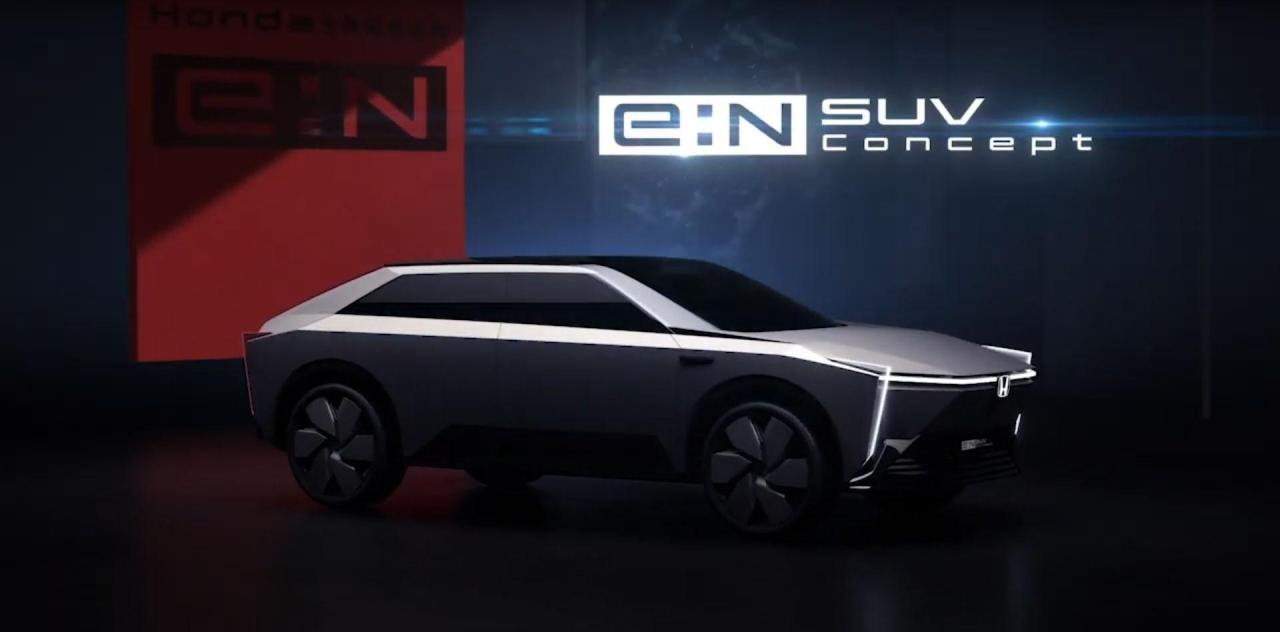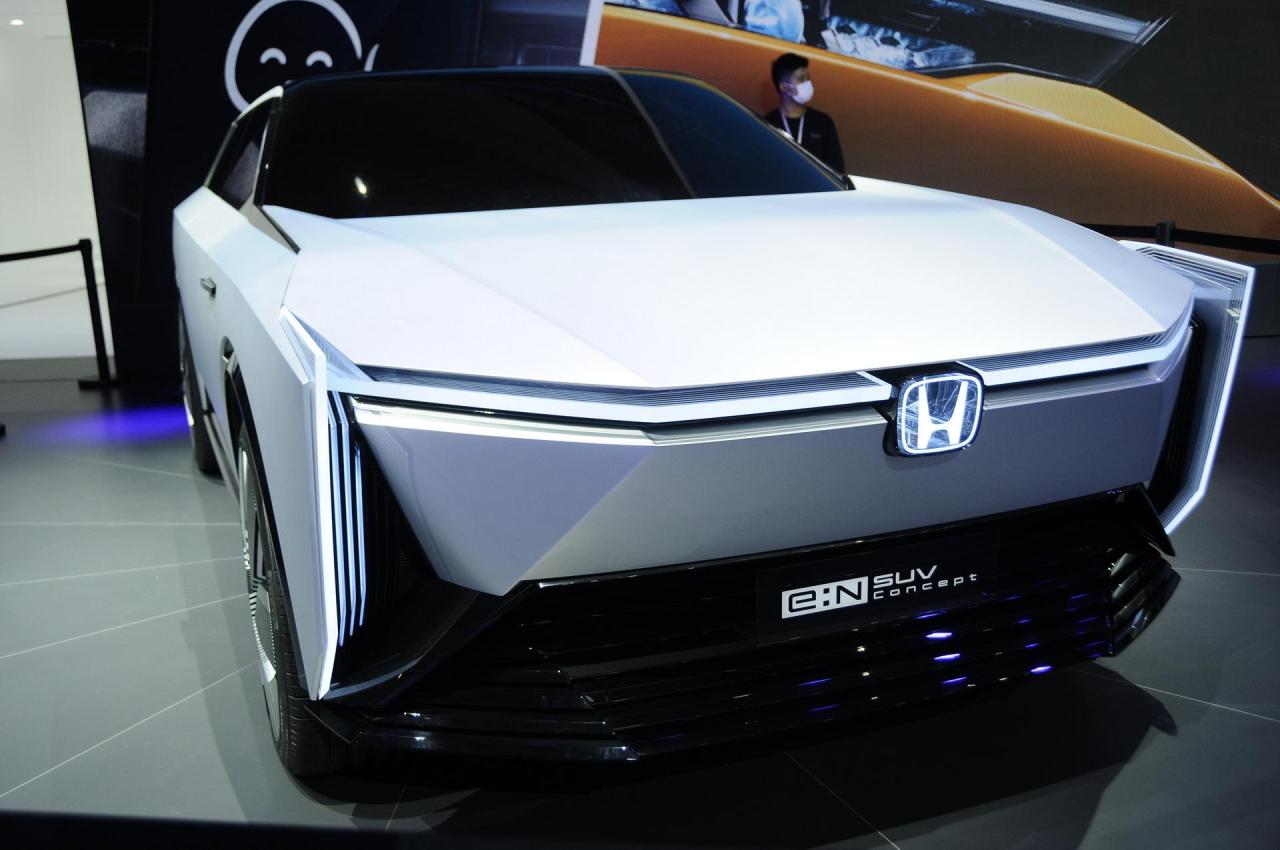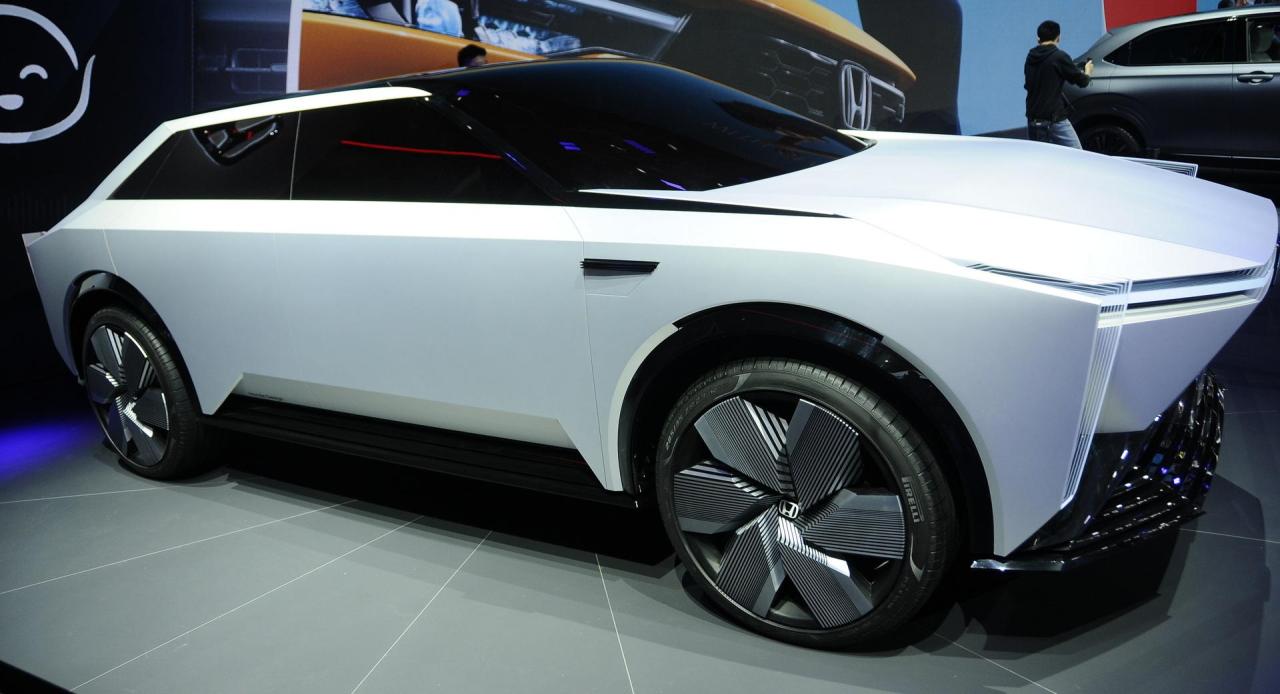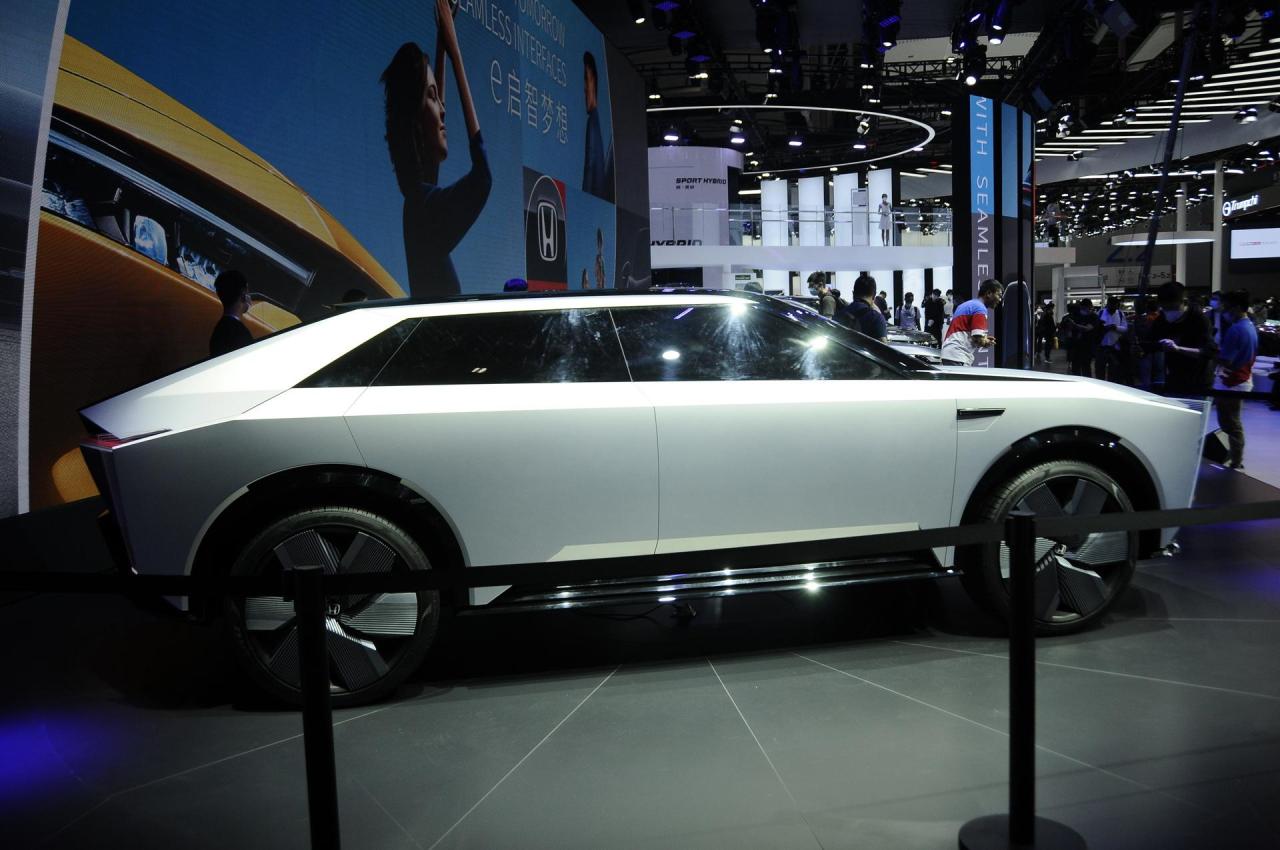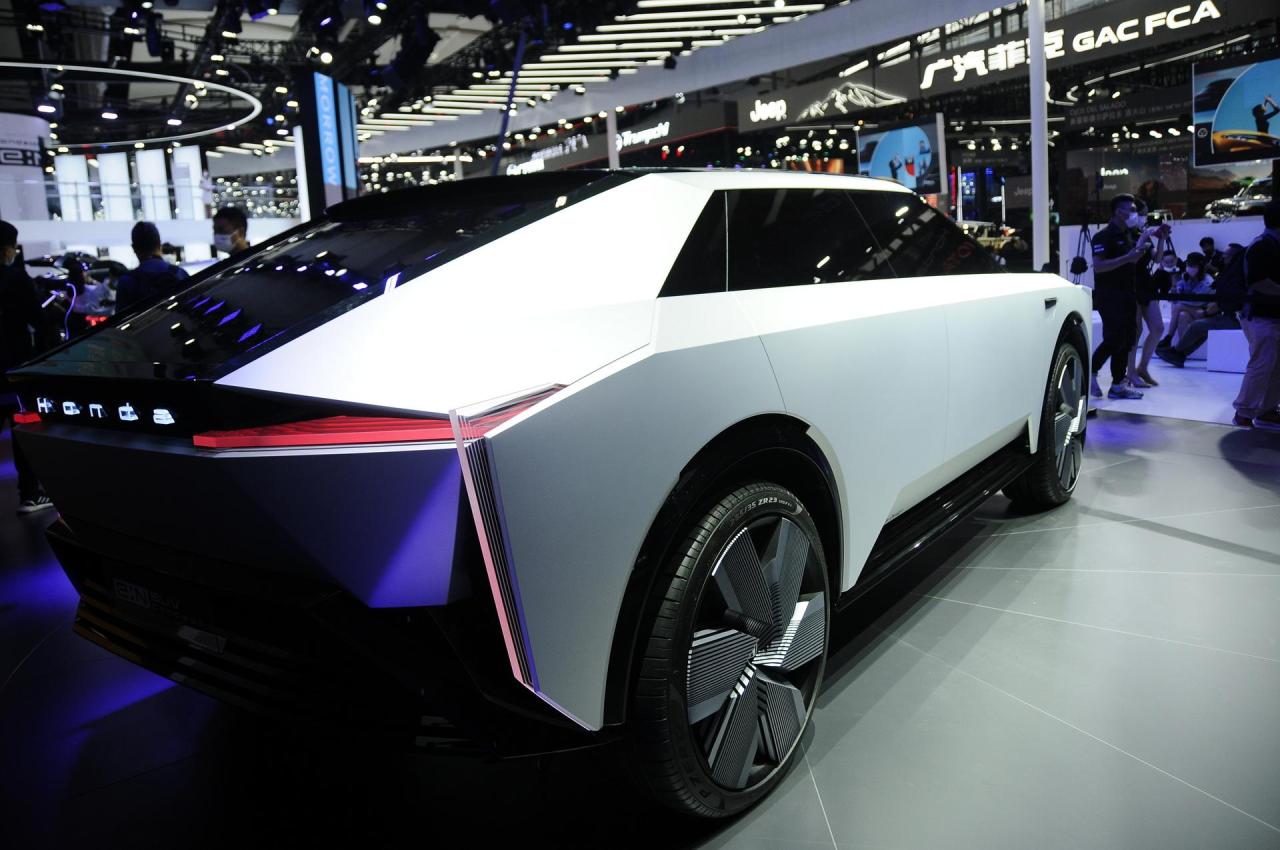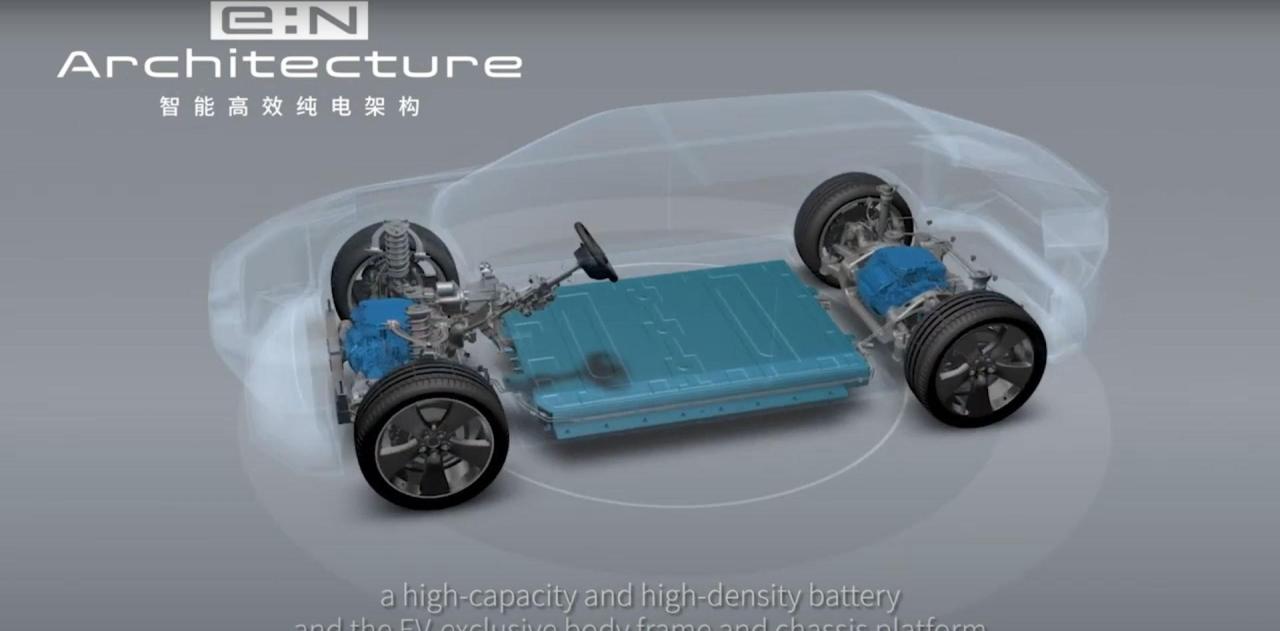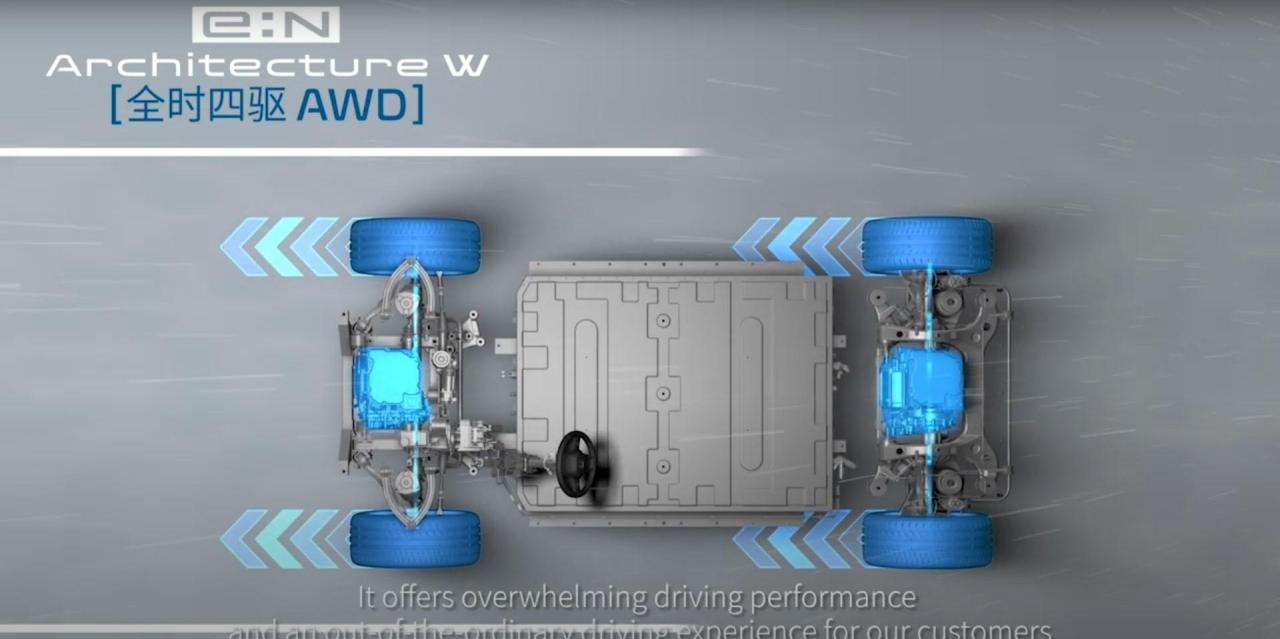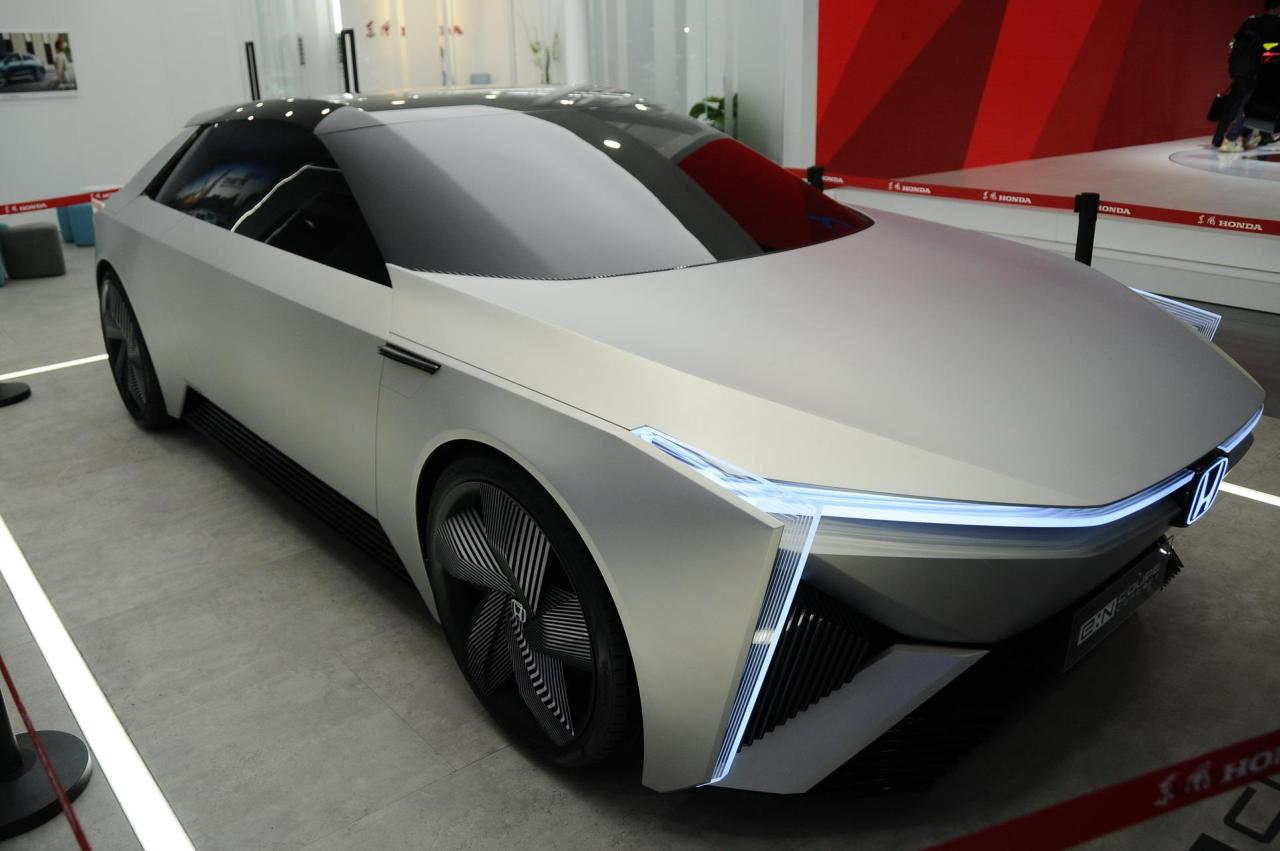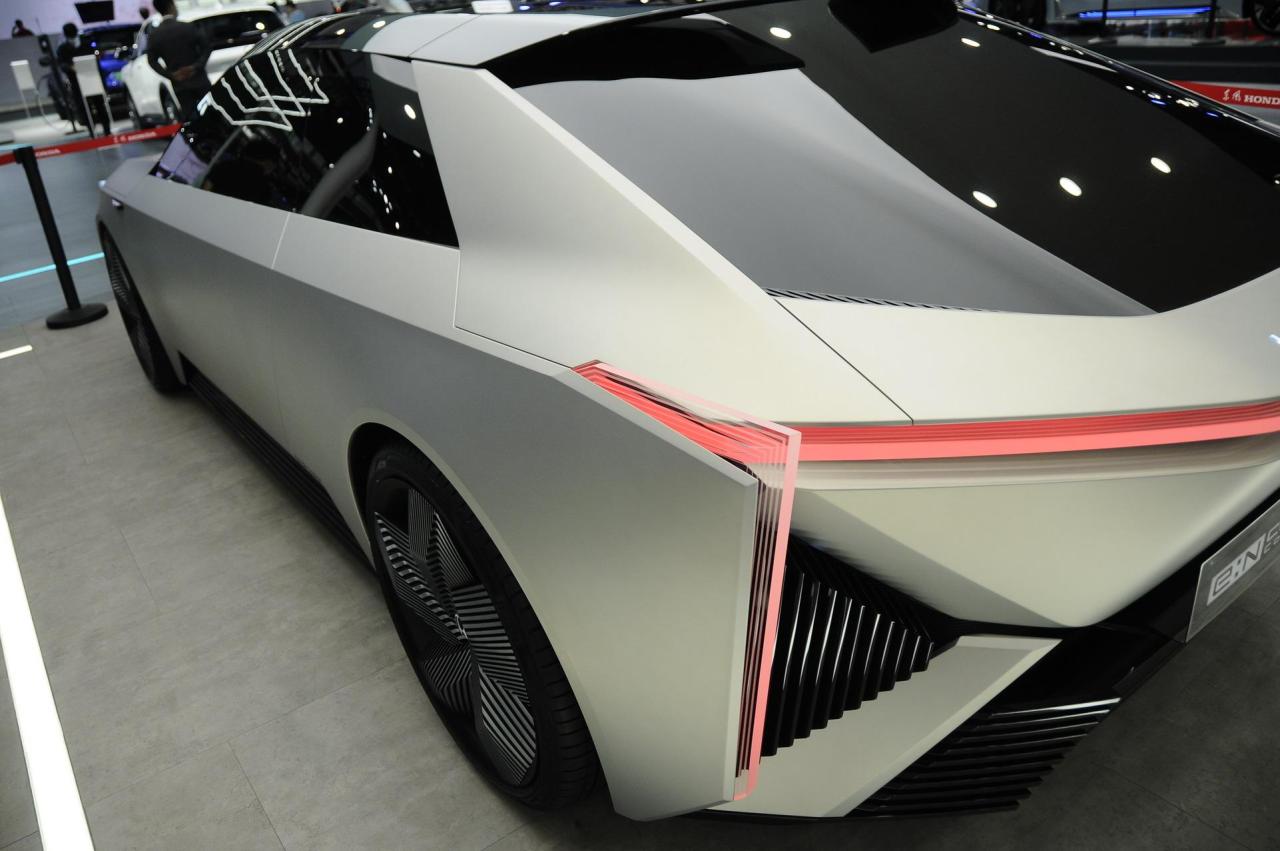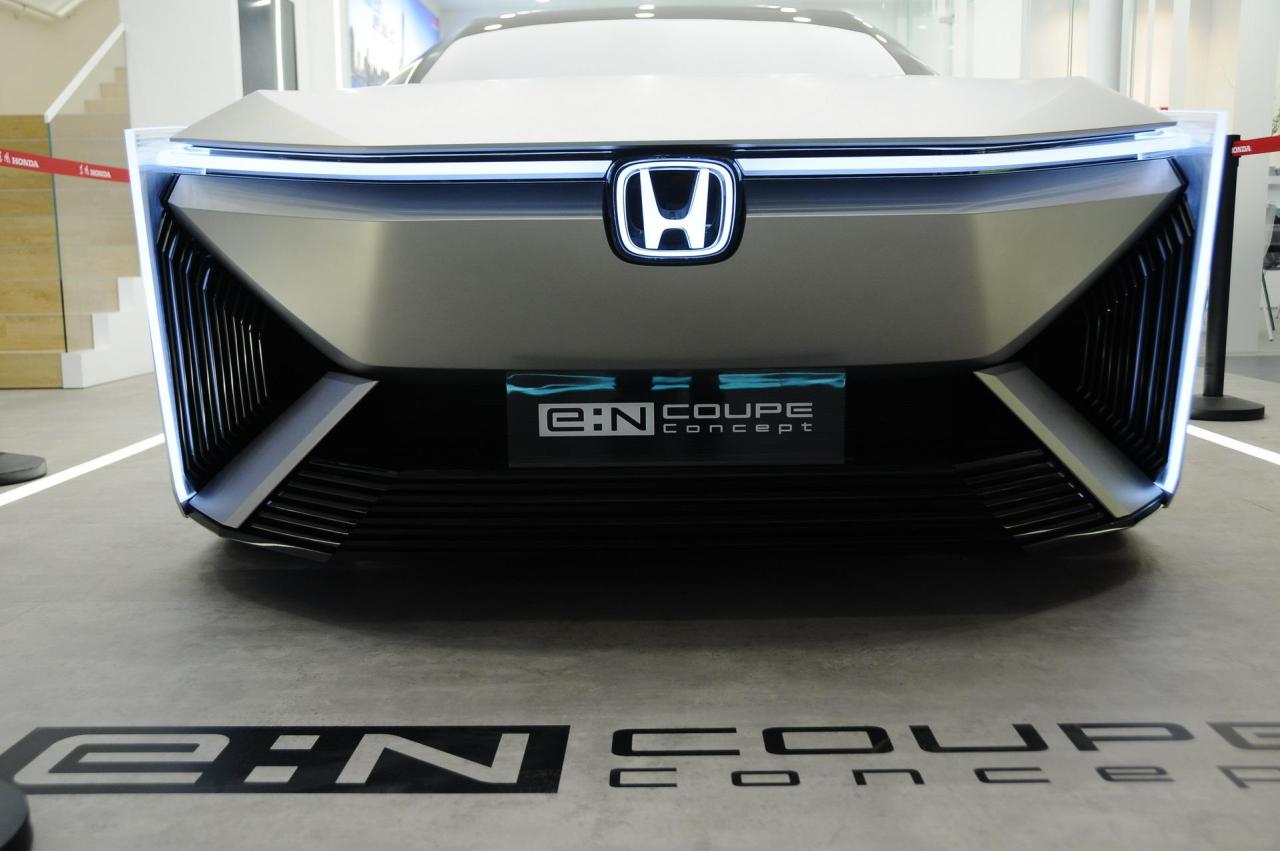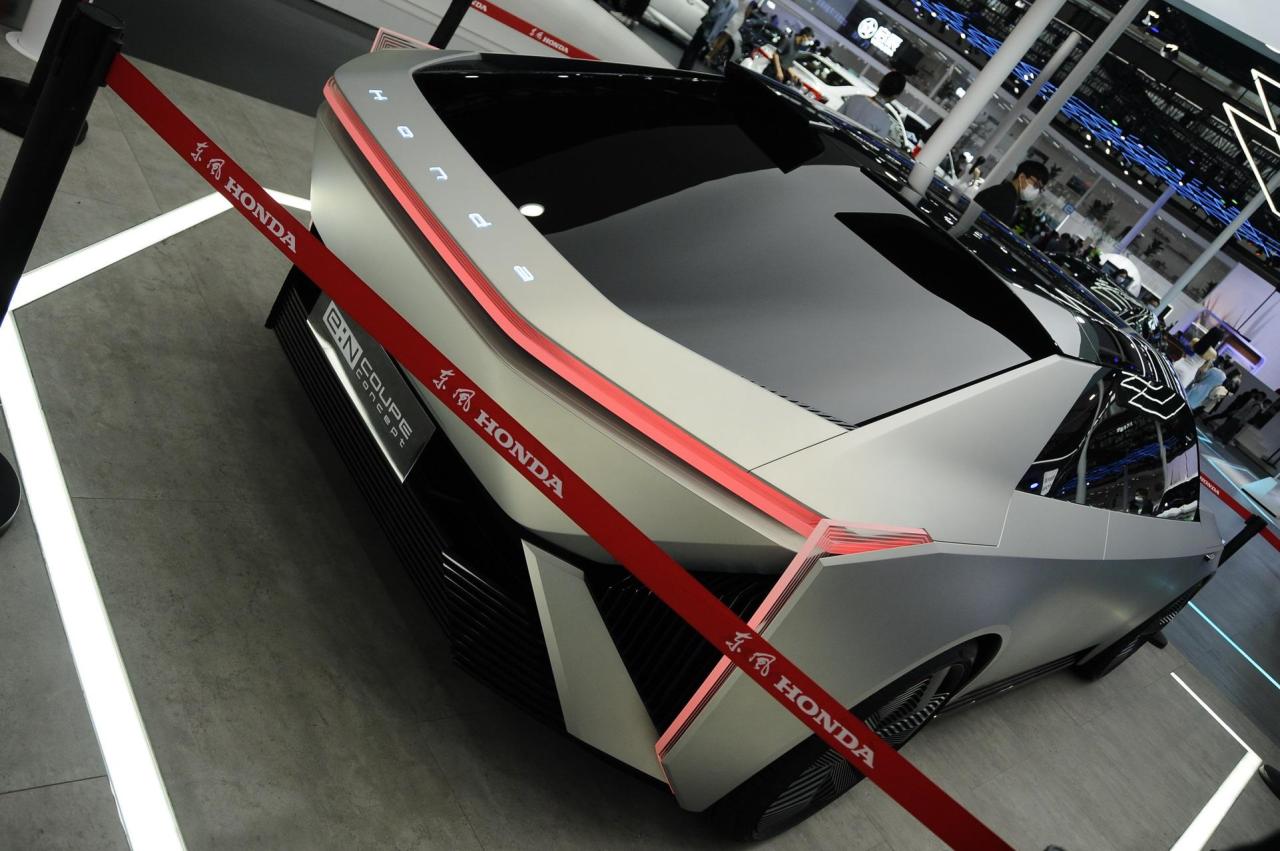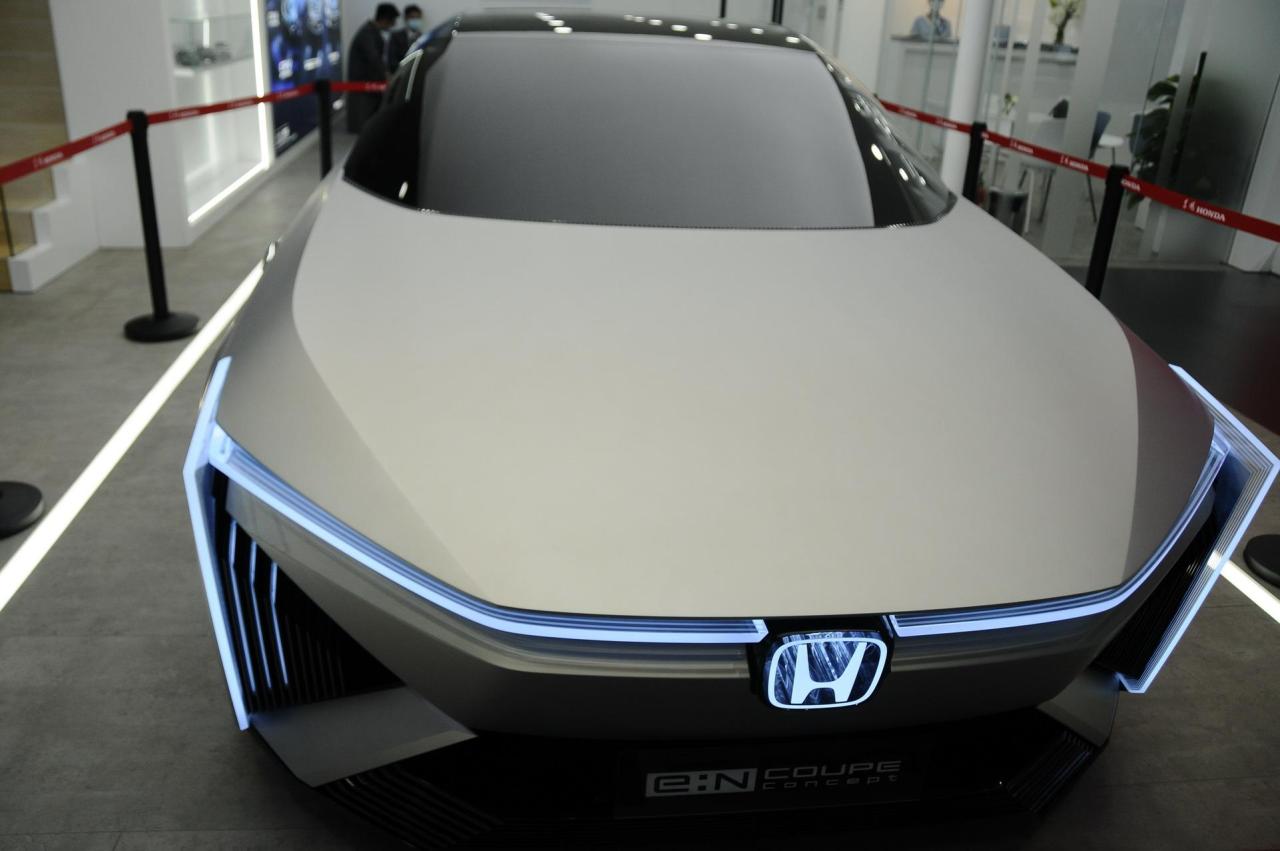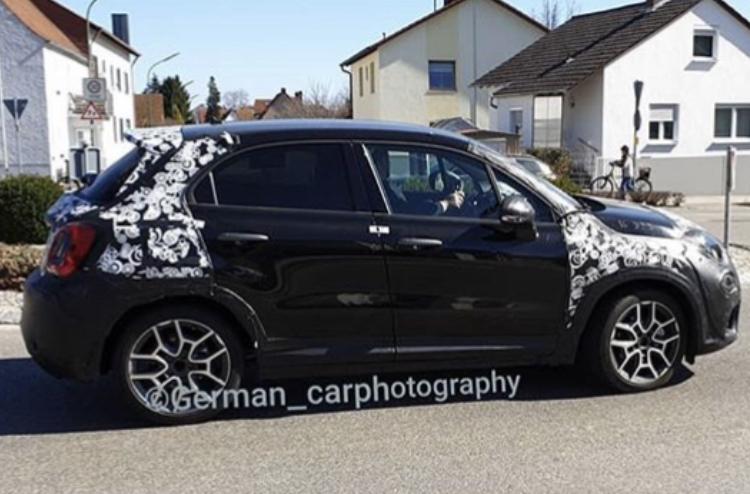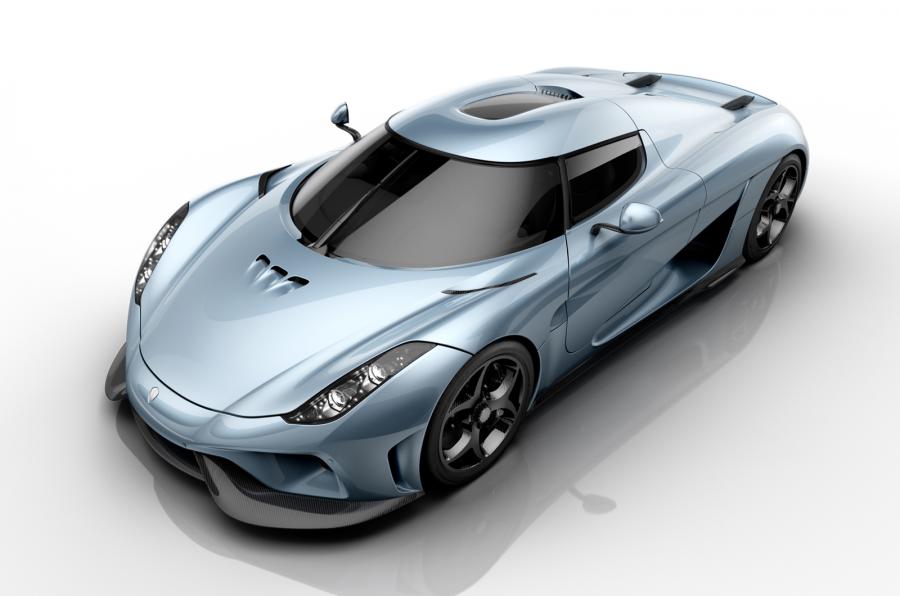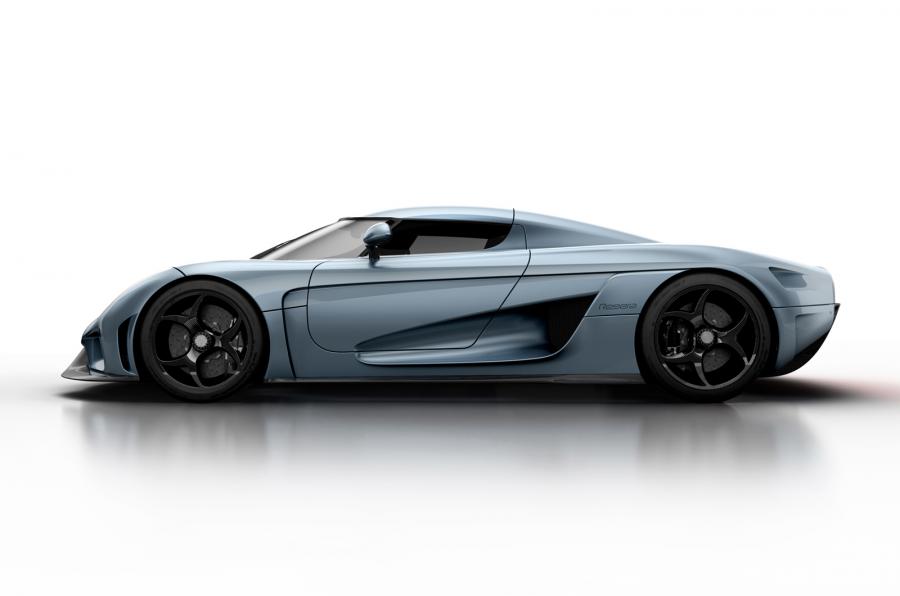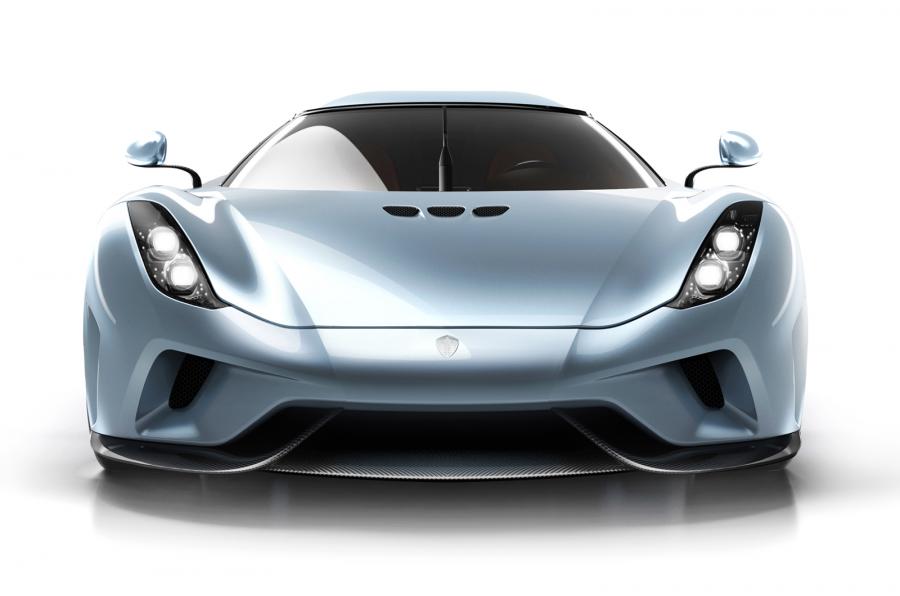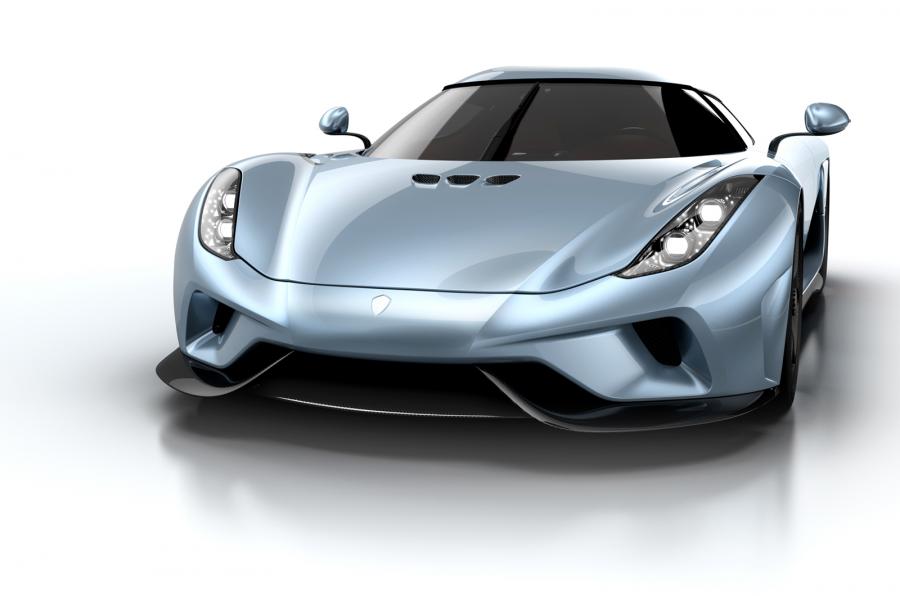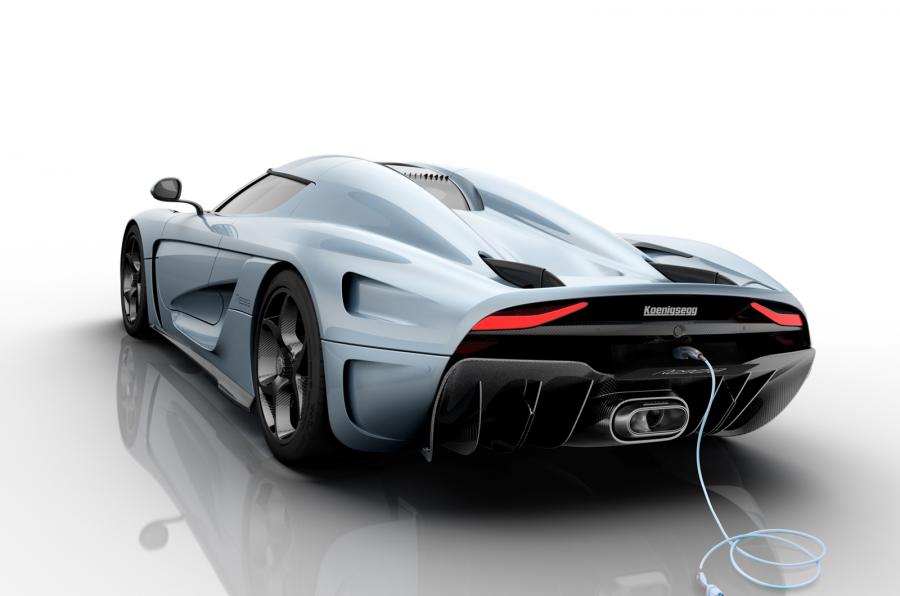Cerca nel Forum
Mostra i risultati del/dei TAG ''hev'' .
Trovato 9 risultati
-
- 22 risposte
-
- 4
-

-

-

Subaru - Strong Hybrid 2024
nella discussione ha aggiunto J-Gian in Elettrificazione e Tecnologie per l'Ambiente
A seguito della presentazione della nuova versione ibrida della Crosstrek, per un attimo ho pensato si trattasse di una leggera evoluzione del precedente sistema ibrido "e-Boxer" di qualche anno fa, aggiornato nella parte endotermica... Beh, mi sono ingannato da solo! Subaru questa volta ha sfruttato l'esperienza Toyota per implementare un sistema full-hybrid serie/parallelo, di tipo "power split". A farla breve, per restare fedele al classico schema tecnico "simmetrico" (disposizione longitudinale di motore endotermico e cambio, il tutto abbinato ad una trazione integrale meccanica), al posto del precedente CVT "a pulegge", Subaru ha integrato longitudinalmente il sistema epicicloidale con 2 moto/generatori elettrici, tipico delle Toyota full-hybrid: un qualcosa di analogo a quanto già visto su alcune Lexus, tipo la IS. Nella precedente generazione e-Boxer, il motore elettrico aveva 13 CV e s'inseriva in cascata al motore ed al cambio cambio CVT. Ora invece, il motore elettrico dedito alla trazione (MG2) può erogare fino a 120 CV / 270 Nm. Il generatore MG1 invece, soppianta totalmente la necessità di un alternatore del tipo BSG, presente ne mild-hybrid precedente. La precedente batteria di trazione da 0,57 kWh, ora passa ad un più consono valore di 1,1 kWh e tensioni più alte (dato non ancora specificato, ma dovremmo essere sopra ai 200 V). Anche questa volta, la batteria si trova in bagagliaio, ed è sempre del tipo agli ioni di litio, raffreddata ad aria. Inoltre, il comparto elettronica di potenza passa dal precedente packaging integrato nella batteria, ad una più consona disposizione nel vano motore, appena sopra all'endotermico, ed in prossimità dei moto/generatori elettrici. Per il motore endotermico, il costruttore nipponico resta fedele ad un Boxer: un 2.5 aspirato da 160 CV / 209 Nm. Subaru non specifica se si tratta di un'unità sviluppata appositamente per ottimizzare i consumi (es. ciclo Miller), ma la bassa potenza specifica lascia spazio ad ipotesi di questo tipo. Inoltre, secondo Subaru, i motori usati nelle loro ibride sfiorano il 40% di efficienza termodinamica. Lato "accessori": come anticipato, sparisce l'alternatore, soppiantato dal generatore HV MG1 integrato nella trasmissione, ma permane il trascinamento meccanico a cinghia della pompa acqua. Il compressore del clima è del tipo elettrico HV, posizionato sopra al motore endotermico a sinistra, ed è pilotato dall'elettronica di potenza. La trazione integrale resta del tipo meccanico, non specificano esattamente la tipologia, ma dovrebbe essere sempre del tipo "permanente" con modulazione da parte di un sistema a frizioni multiple. Se da un lato questa soluzione non è il massimo per i consumi, consente al marchio di conservare una peculiarità e di migliorare la stabilità anche durante le fasi di recupero energia nei rallentamenti e frenate. Nello specifico, Subaru stima che sia recuperabile un 30% di energia in più, proprio grazie alla miglior ripartizione della coppia frenante. Insomma, un sistema che rappresenta un bel passo avanti e che non "snatura" le peculiarità del marchio. Fonte delle informazioni: https://www.subaru.co.jp/en/difference/environment/; https://www.subaru.co.jp/news-en/2024_10_17_133138/ Subaru Debuts Next-Generation Hybrid System _ NewsRelease _ Subaru Corporation.pdf Technologies Accentuating “SUBARU’s Distinctions” 2.Environmental Technologies _ Subaru Corporation.pdf- 21 risposte
-
- 13
-

-

-

-
- subaru strong hybrid
- strong hybrid
- (e 5 altri in più)
-
Oliver Blume ha rivelato alcuni dettagli e qualità del modello in un'intervista in attesa di dichiarazioni molto interessanti:
- 24 risposte
-
- 2
-

-

-
- porsche spy
- porsche 911 hev
- (e 7 altri in più)
-
Honda presenta a Guangzhou il primo di una famiglia di prototipi Honda e:N SUV Concept Honda e:N Coupe Concept Si aspettano più di 5 concept e Honda specifica che la piattaforma e:N è stata sviluppata per montare batterie CALT. Avremo più dettagli con il tempo
- 6 risposte
-
- 3
-

-

-

-
- honda e:n concept 2022
- honda e:n
- (e 6 altri in più)
-

ZF: automatico 8 rapporti di quarta generazione con modulo ibrido per PHEV e MHEV
nella discussione ha aggiunto Beckervdo in Elettrificazione e Tecnologie per l'Ambiente
Via BMWNews -
Nel seguente profilo Instagram appaiono 3 foto di una 5ooX camuffata nel frontale e nel posteriore oltre che alla sempre più classica pellicola optical. La descrivono come Hybrid... Il doppio scarico si è già visto in qualche modello nella gamma del restyling? ?
- 199 risposte
-
- ibrido fiat
- 500x spy
-
(e 9 altri in più)
Taggato come:
-
Press Release: Koenigsegg Plug-in Hybrid da 1500 CV e un'estetica long tail per la nuova Hyper car di Koenigsegg.
- 63 risposte
-
- 1
-

-
- ibrido
- regera 2015
- (e 5 altri in più)
-

Continental: nuovo Mild-Hybrid a 48 V e 30 kW
nella discussione ha aggiunto Beckervdo in Elettrificazione e Tecnologie per l'Ambiente
The 48-volt systems were previously known as mild or P0 hybrids. They involve relatively unobtrusive electrification of the powertrain. Fuel consumption is reduced mainly with the support of the combustion engine (boosting) during acceleration and the recovery of excess kinetic energy (recuperation) when the vehicle decelerates. However, purely electric driving is not possible with such systems, which Continental already manufactures for a number of automotive manufacturers. In the latest stage of development, the 48-volt system was repositioned in the powertrain. The electric motor was no longer placed in front of the combustion engine on the crankshaft, but behind it—between the combustion engine and transmission (P2 hybrid). This meant that fuel savings were able to increase and, in certain situations, such as driving through a 30 km/h speed limit zone, the vehicle could be driven using the electric motor alone. With the new 48-volt high-power technology, this hybrid system enables the same functionality as previous, full-hybrid vehicles. The key component here is a new, water-cooled electric motor, the peak output of which was doubled to 30 kW in comparison with that used previously. Electric-only driving is therefore possible up to a speed range of 80 to 90 km/h. 8-volt high-power electric motor with a peak output of 30 kW. The developers were able to achieve a 100% increase in power while maintaining the diameter of the motor. Overall, 48-volt high-power technology requires only slightly more installation space than the previous system. The difference in weight is also minimal. However, the electric motor is not the only new component of the 48-volt high-power technology. The integrated power electronics also uses a new technology that now enables it to handle significantly higher currents. The innovations of the new 48-volt high-power technology result in a level of electrical efficiency that surpasses the previous system by almost 10%. During recuperation, the new technology is much more effective than was previously the case because the losses incurred in the electric drive system has been halved. A 48-volt system requires considerably less effort in terms of insulation protection, electrical components are smaller and cheaper, and even the design can be made significantly more compact, because smaller gaps are required between the individual components than is the case with high-voltage technology. Continental is showcasing the new 48-volt high-power technology, which is also ready for series development, in a Ford Focus test vehicle. With an eye on the new approval regulations that have been in force since 1 Septembe 2018, in accordance with the WLTP cycle, the 48-volt high-power technology could be developed even further. If, for example, the system was supplemented by on-board charging technology and a larger battery, this would make even a plug-in hybrid drive featuring 48-volt technology possible. This is because the ability to drive in all-electric mode is no longer the main criterion for benefiting from the support for plug-in vehicles. Instead, it is the conversion of electrically stored energy into traction in general. The deciding factor for different funding initiatives is whether CO2 emissions can be reduced to below 50 g per kilometer. Via GreenCarCongress- 2 risposte
-
- 2
-

-
- 8 risposte
-
- 1
-

-
- hyundai kona hybrid
- hyundai
- (e 6 altri in più)

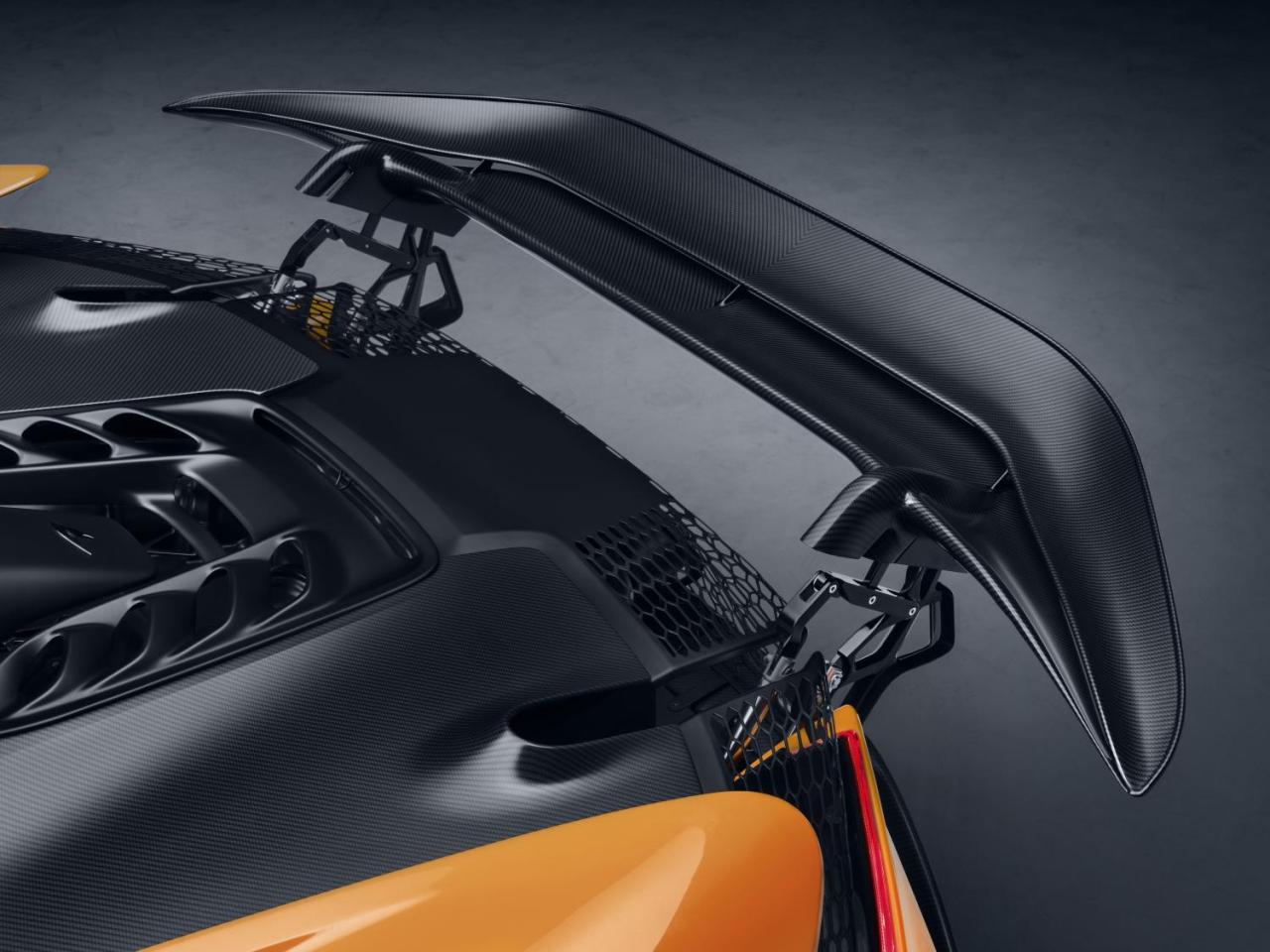
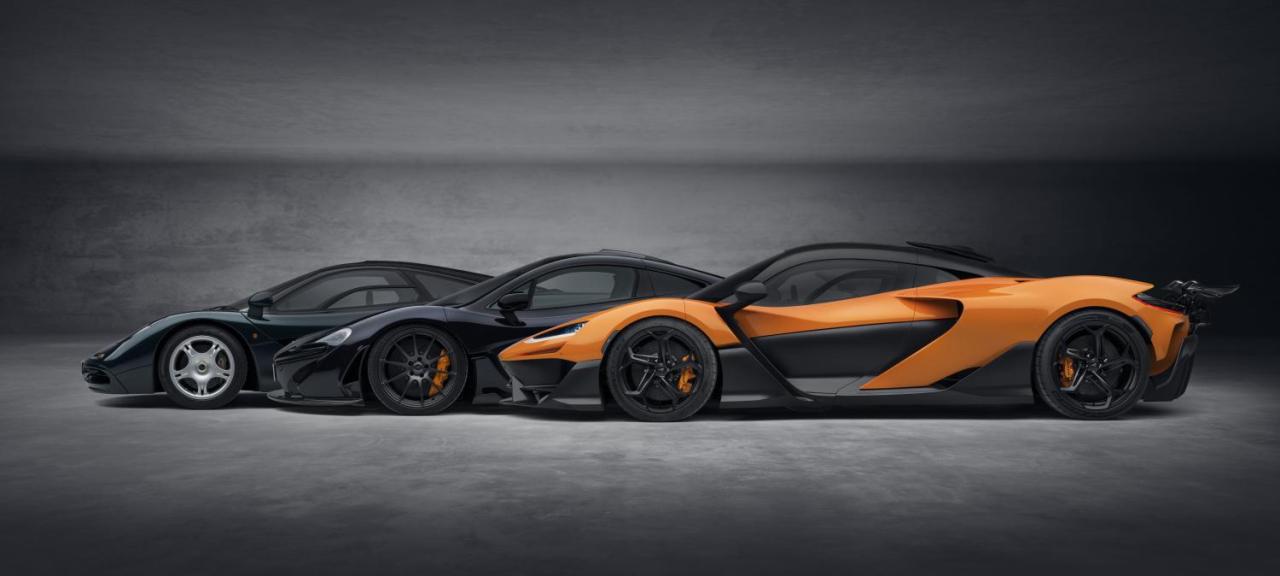
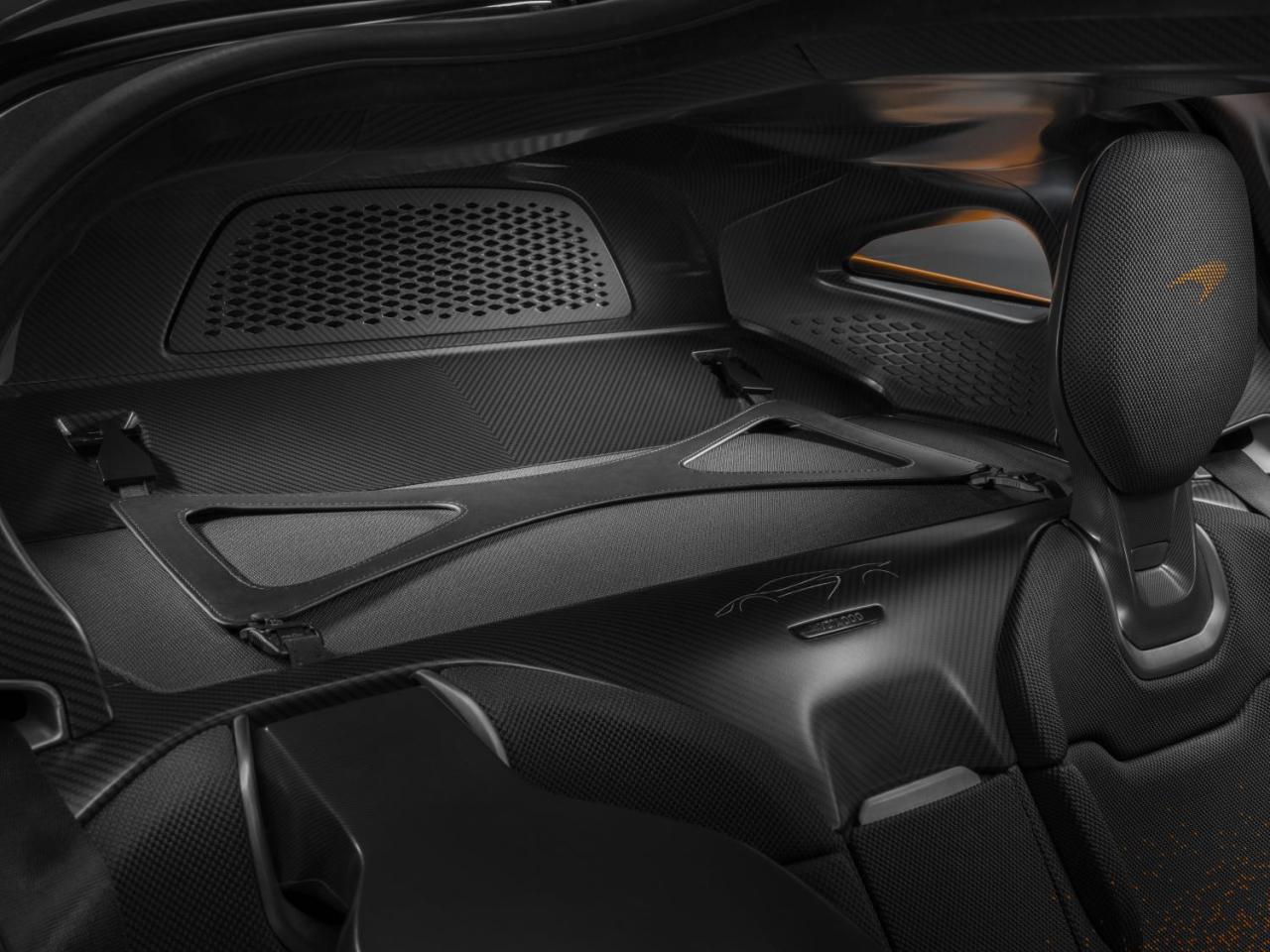
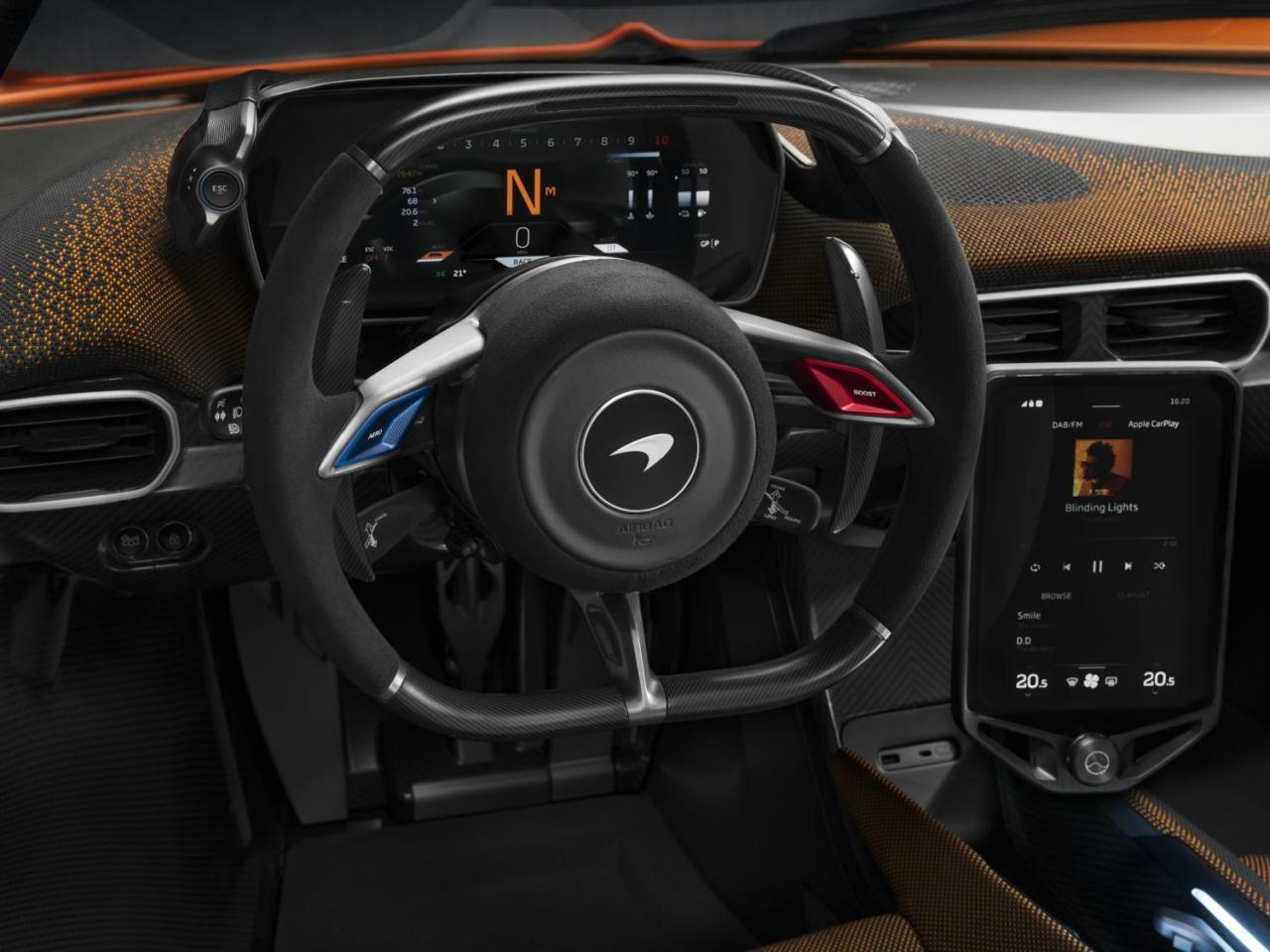
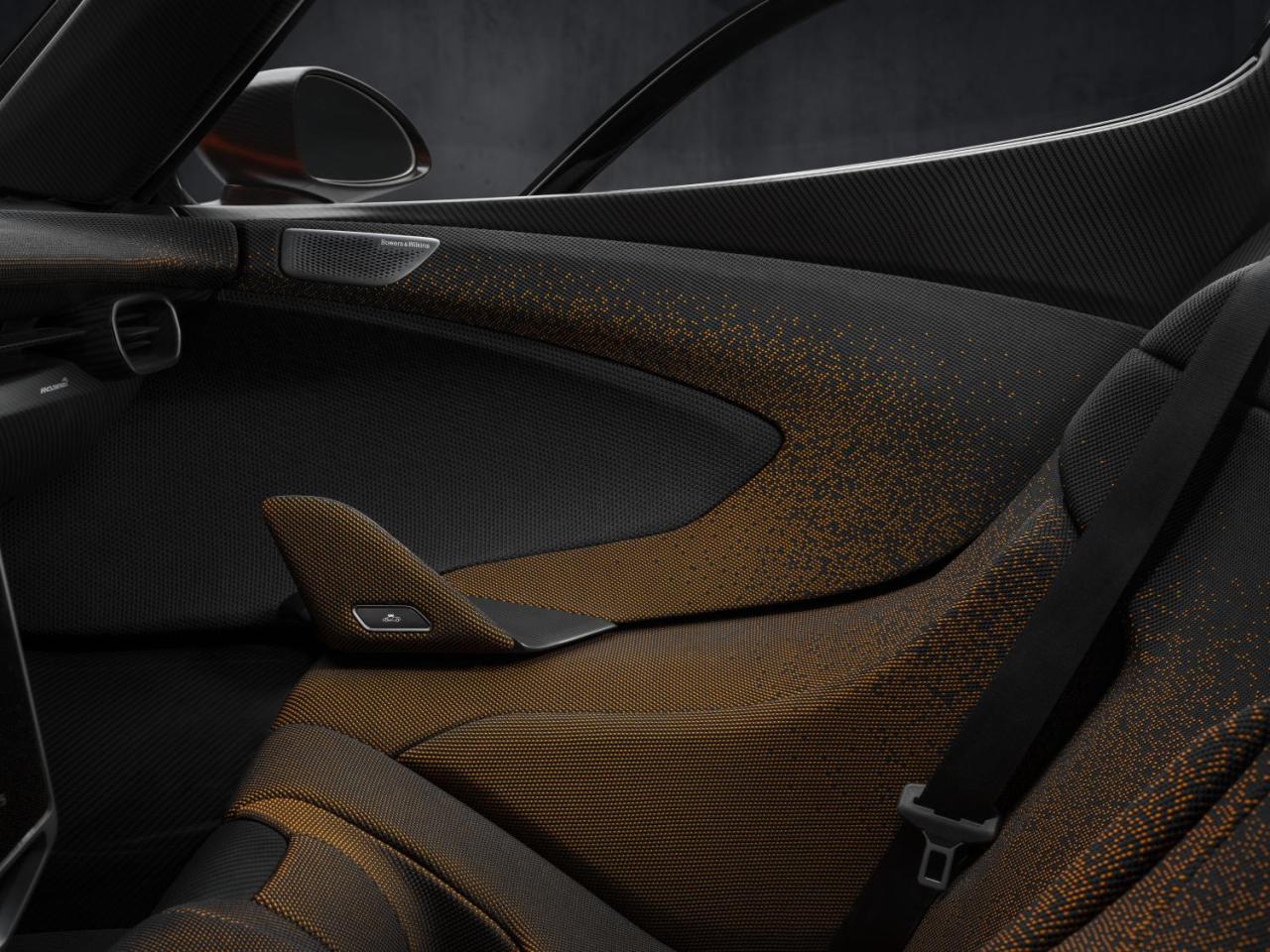
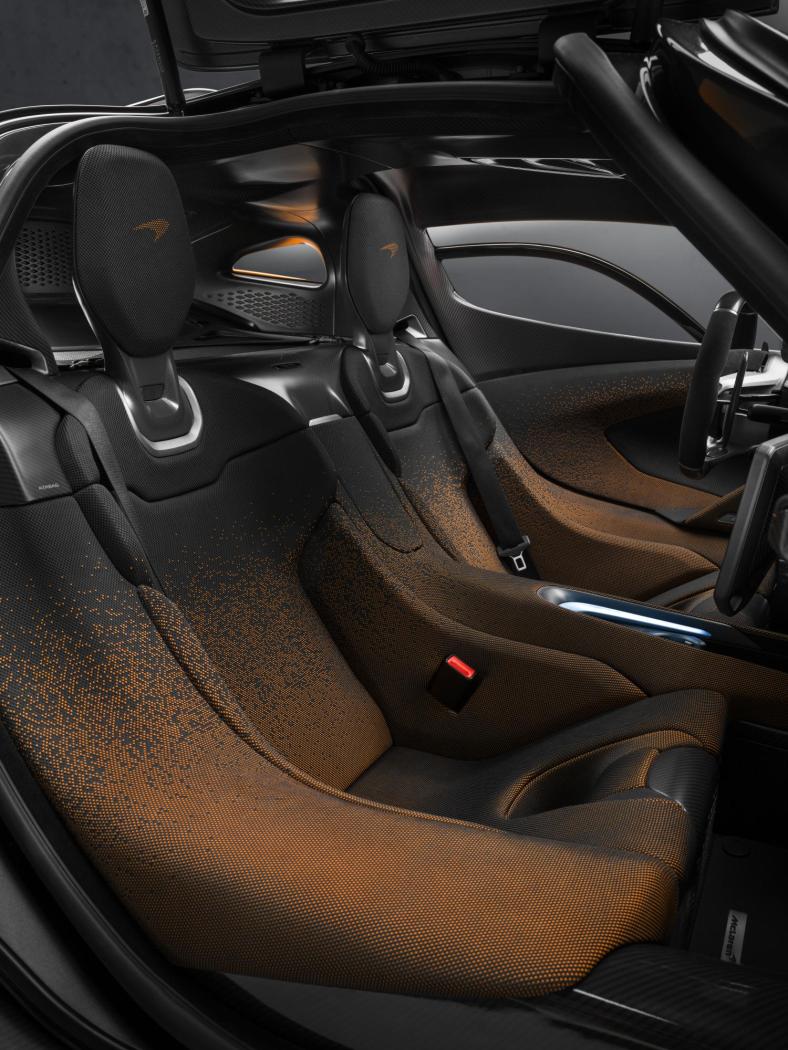
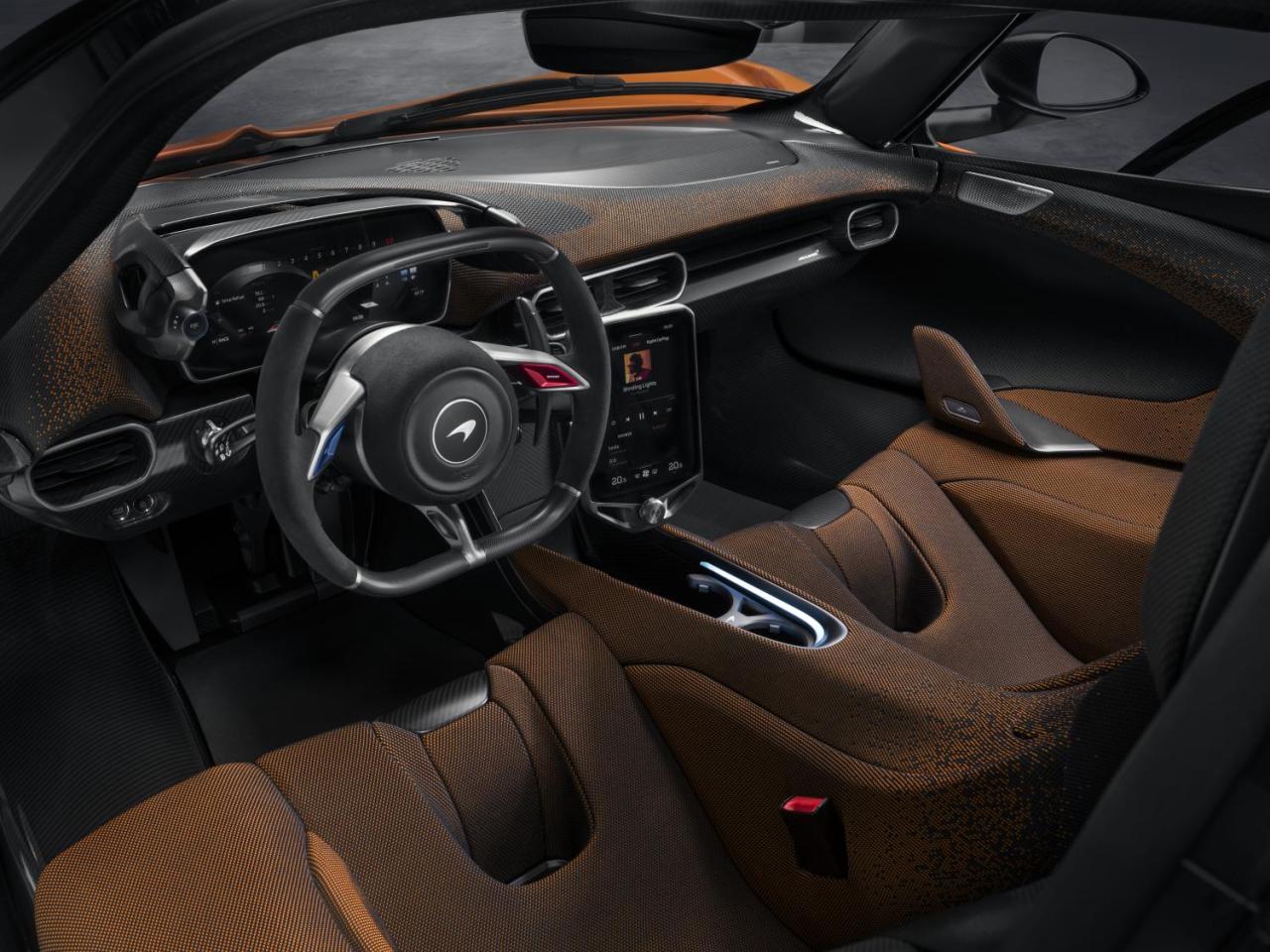
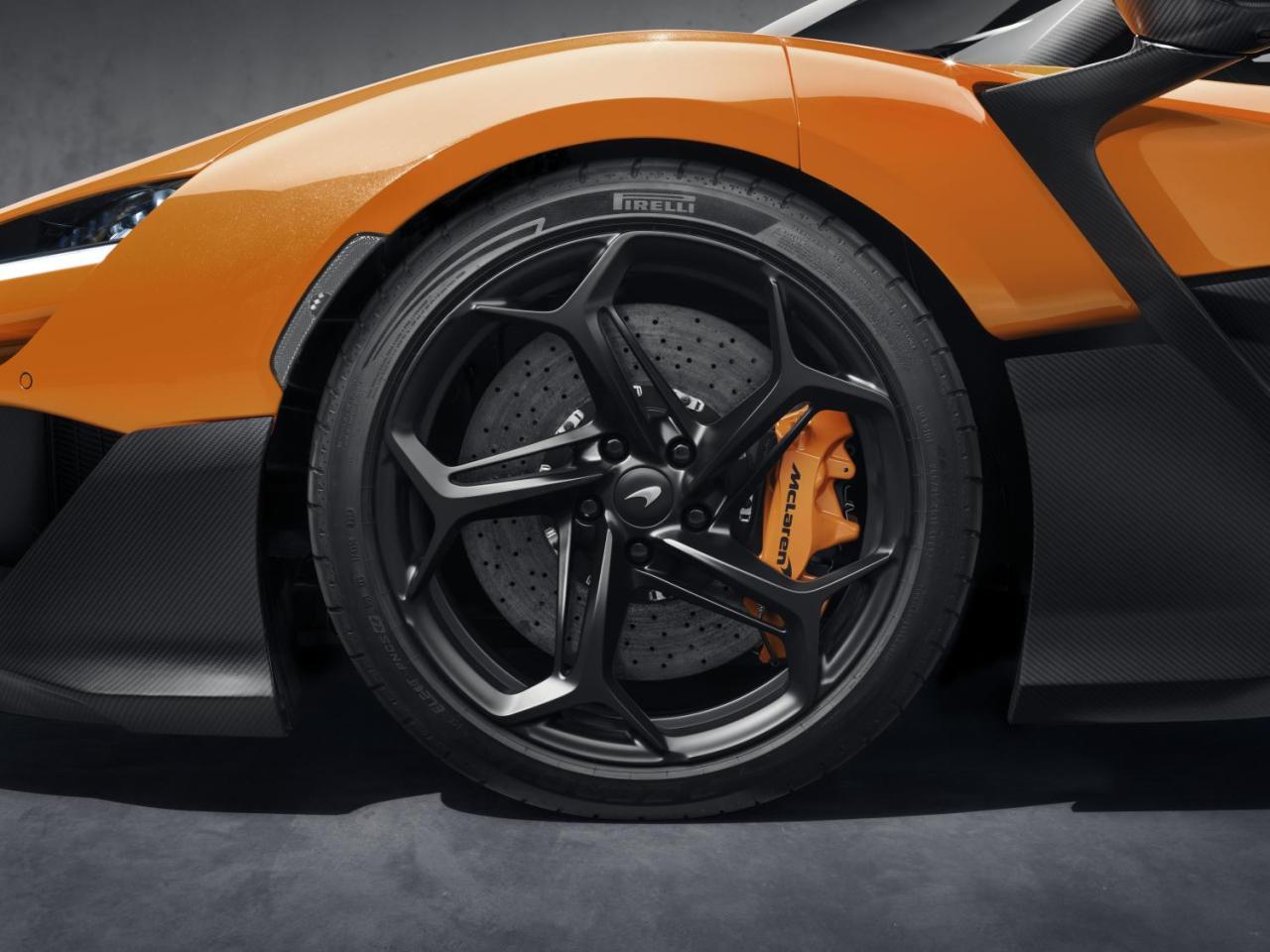
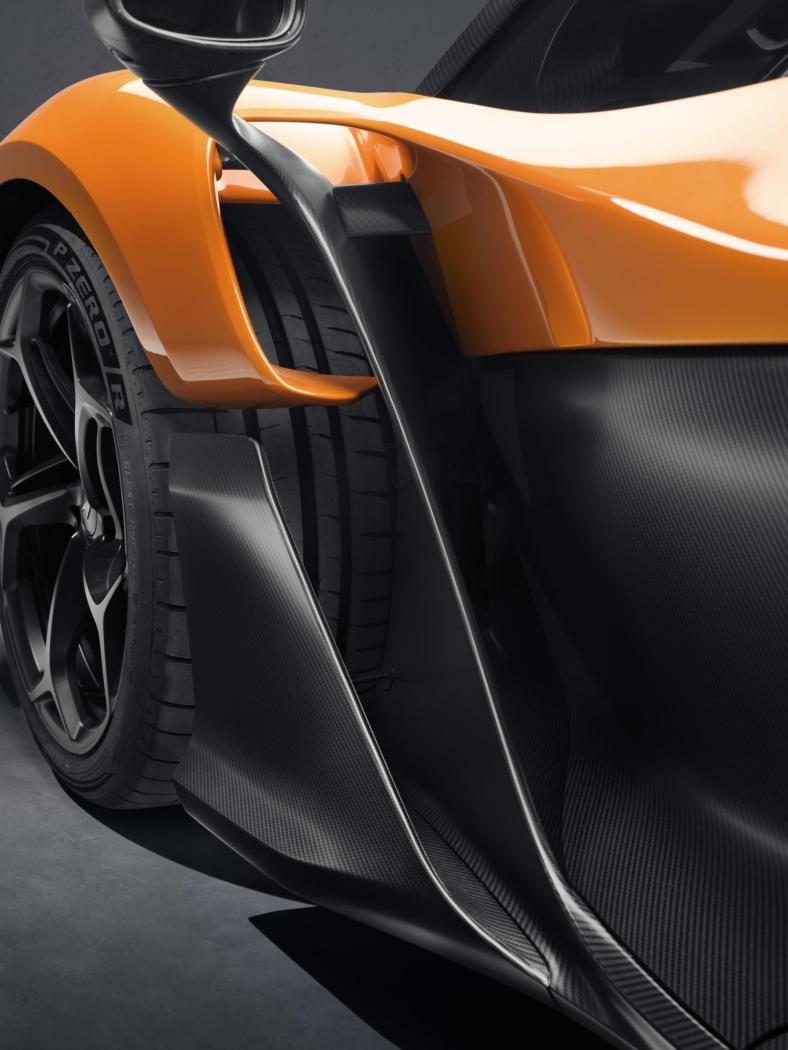
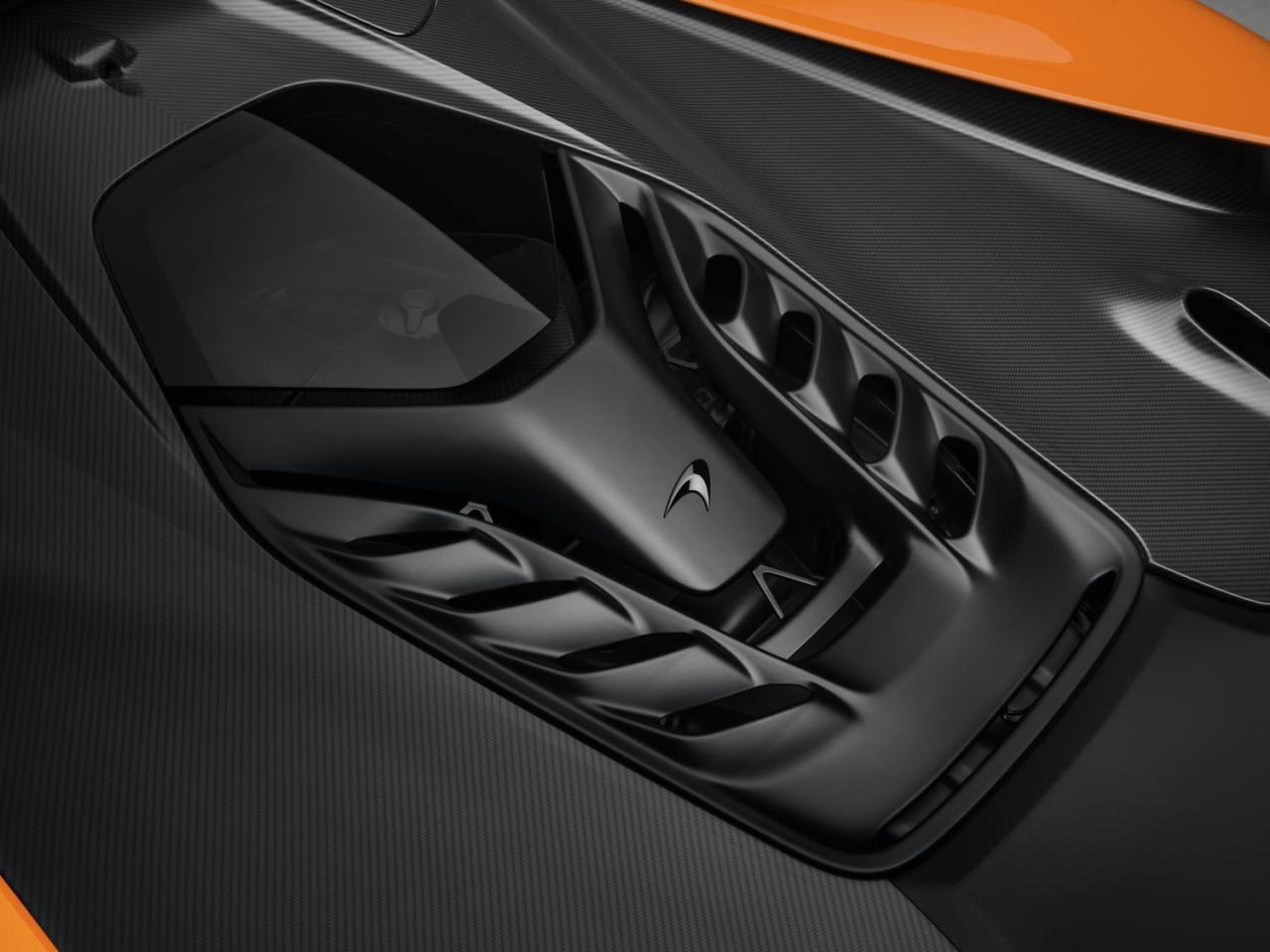
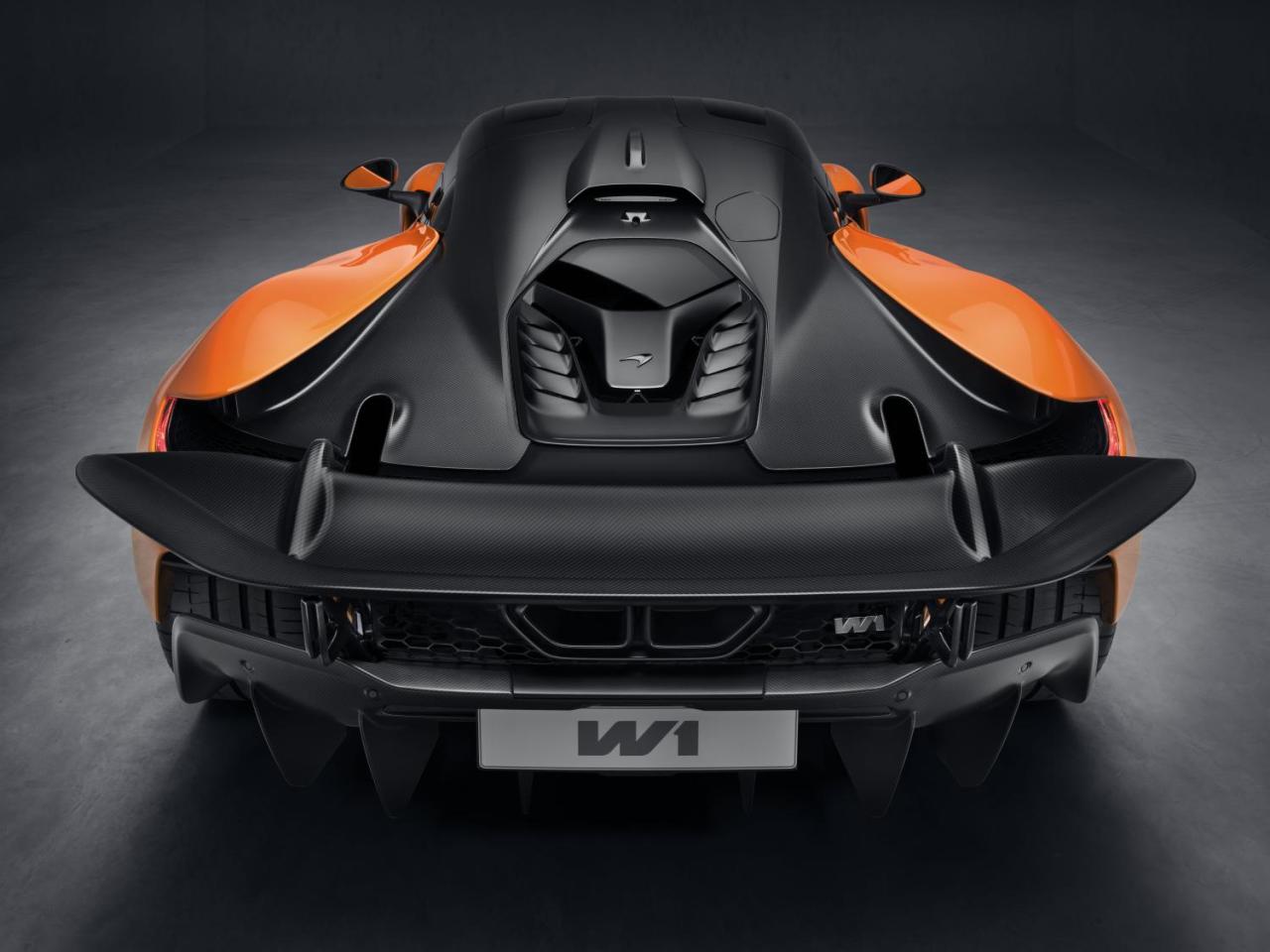
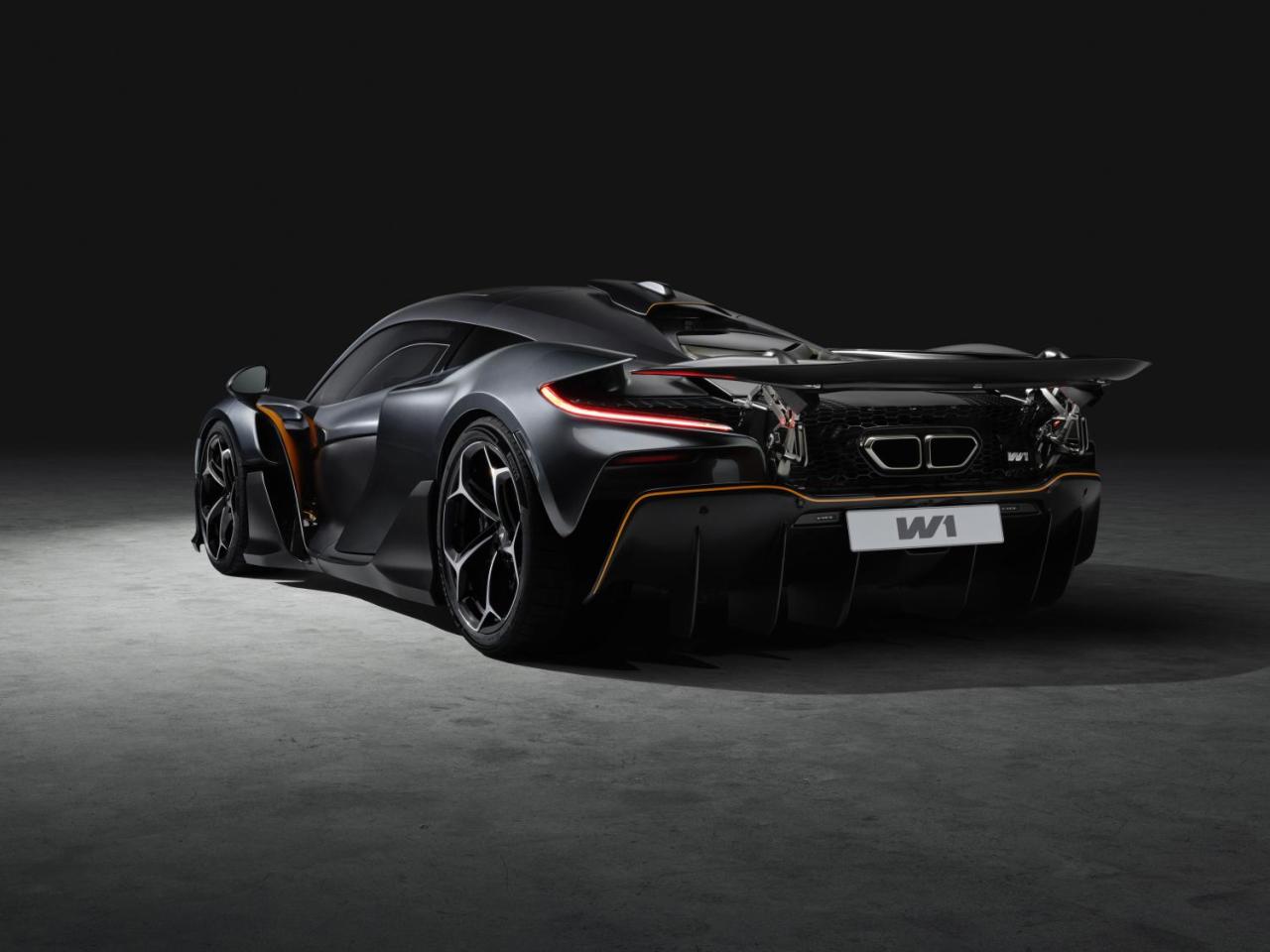
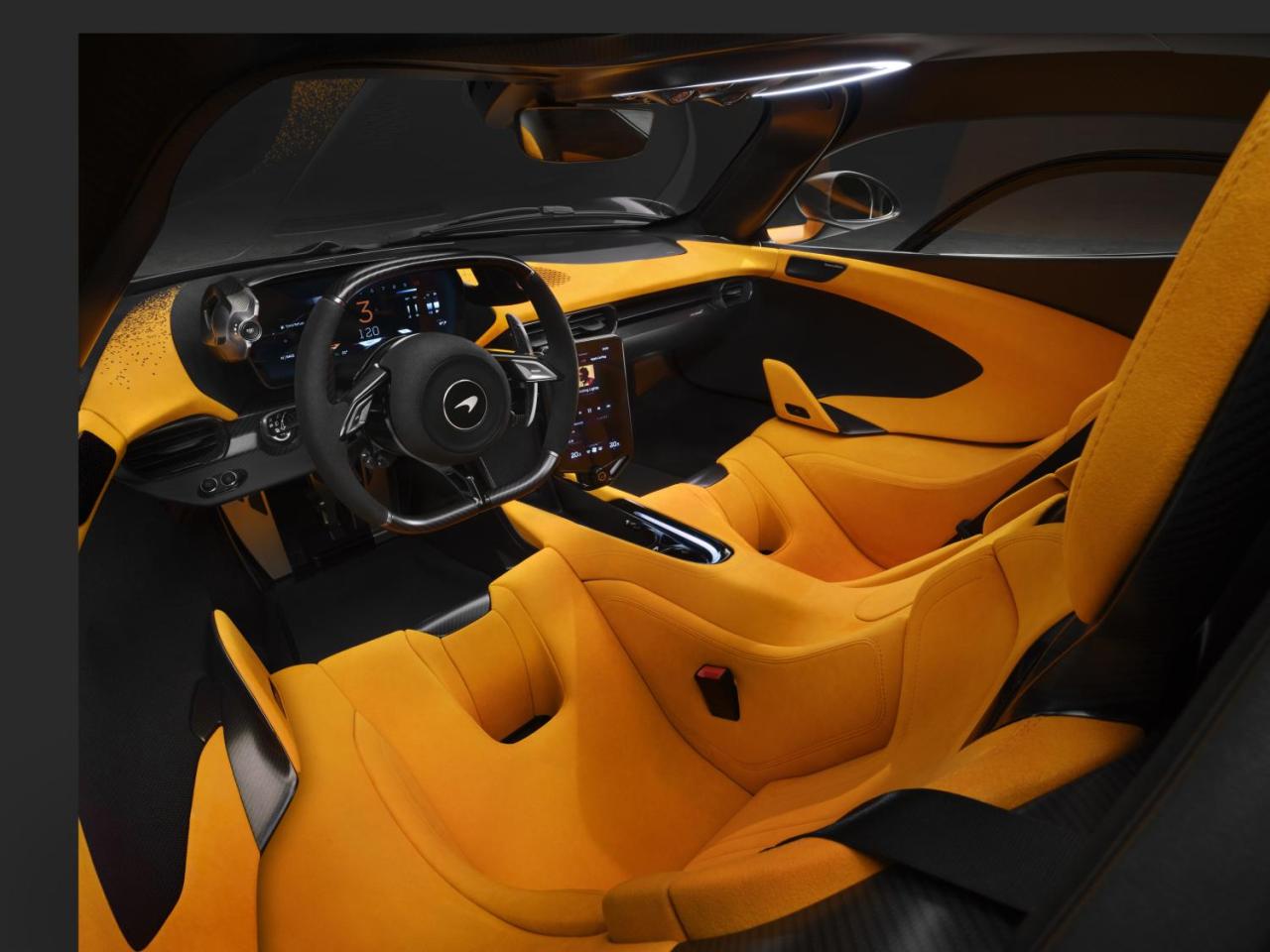
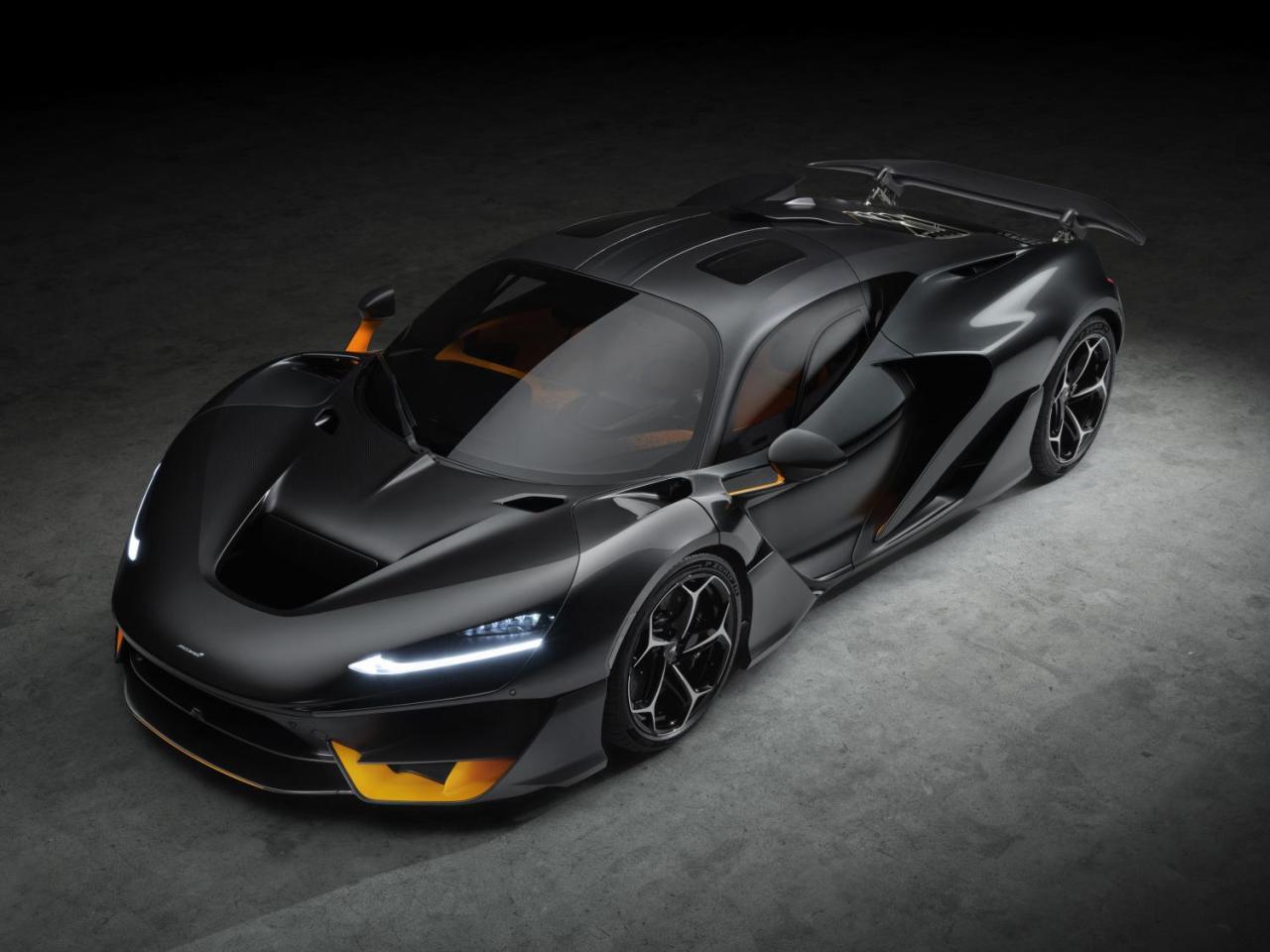
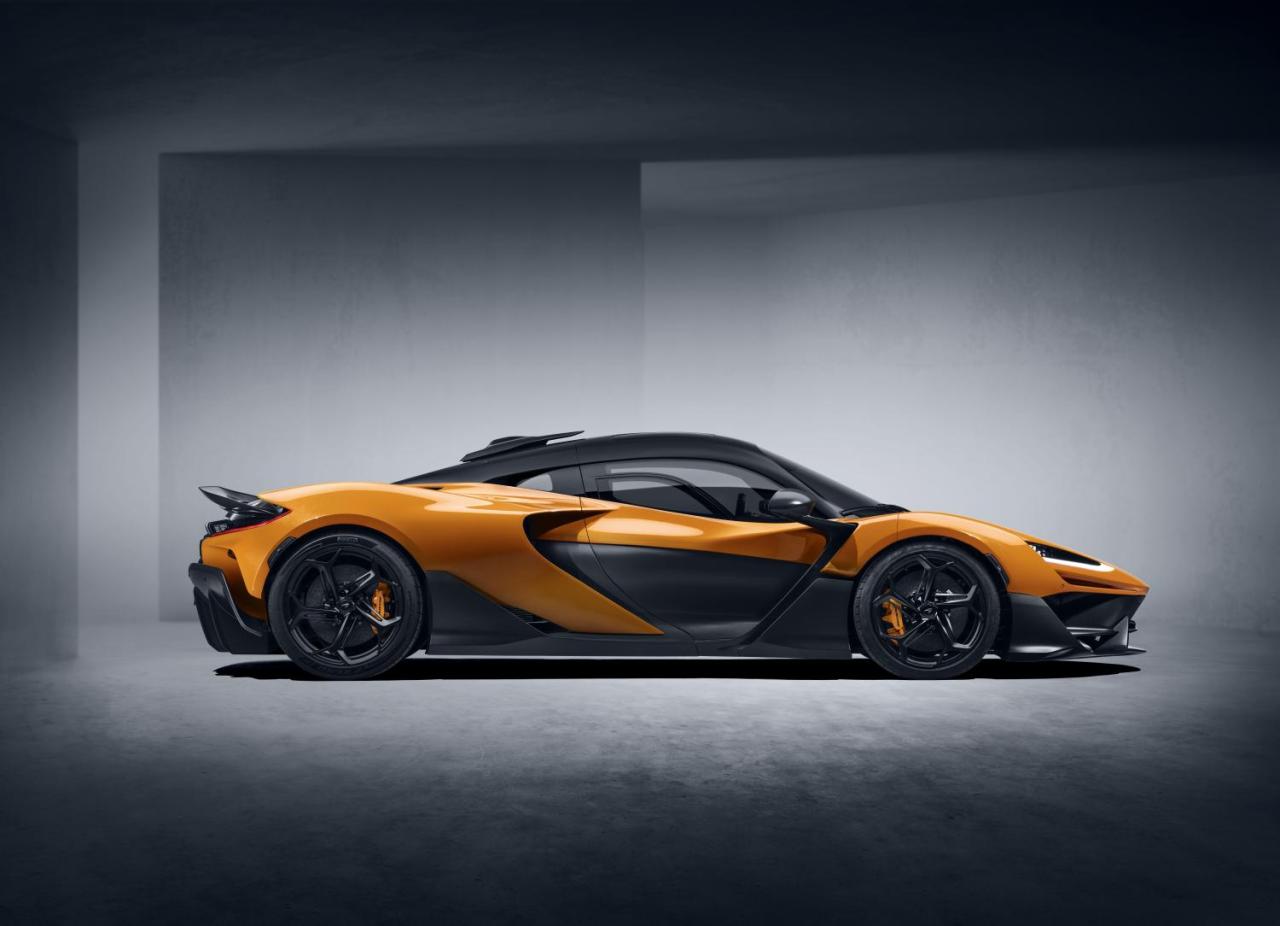
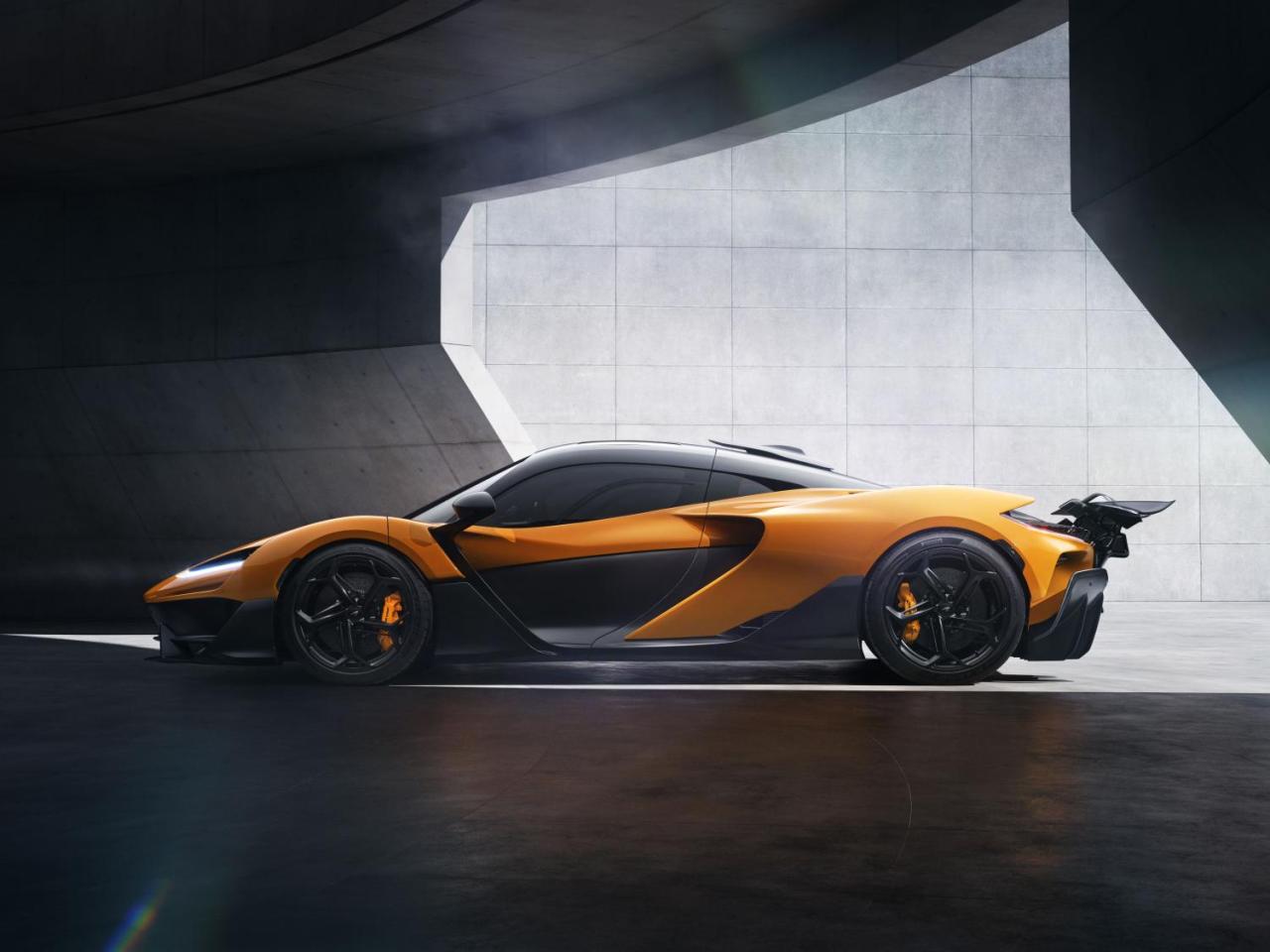
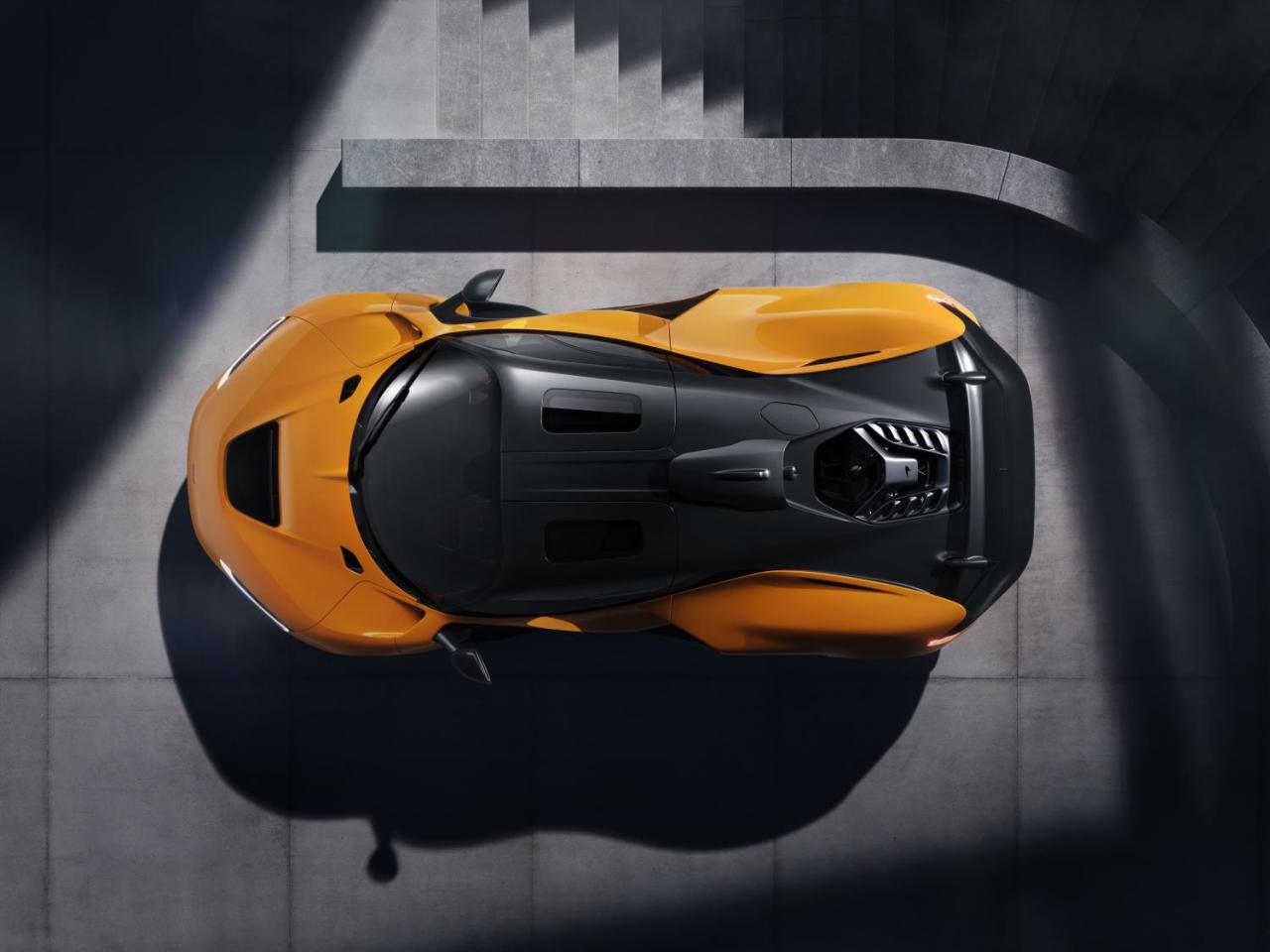
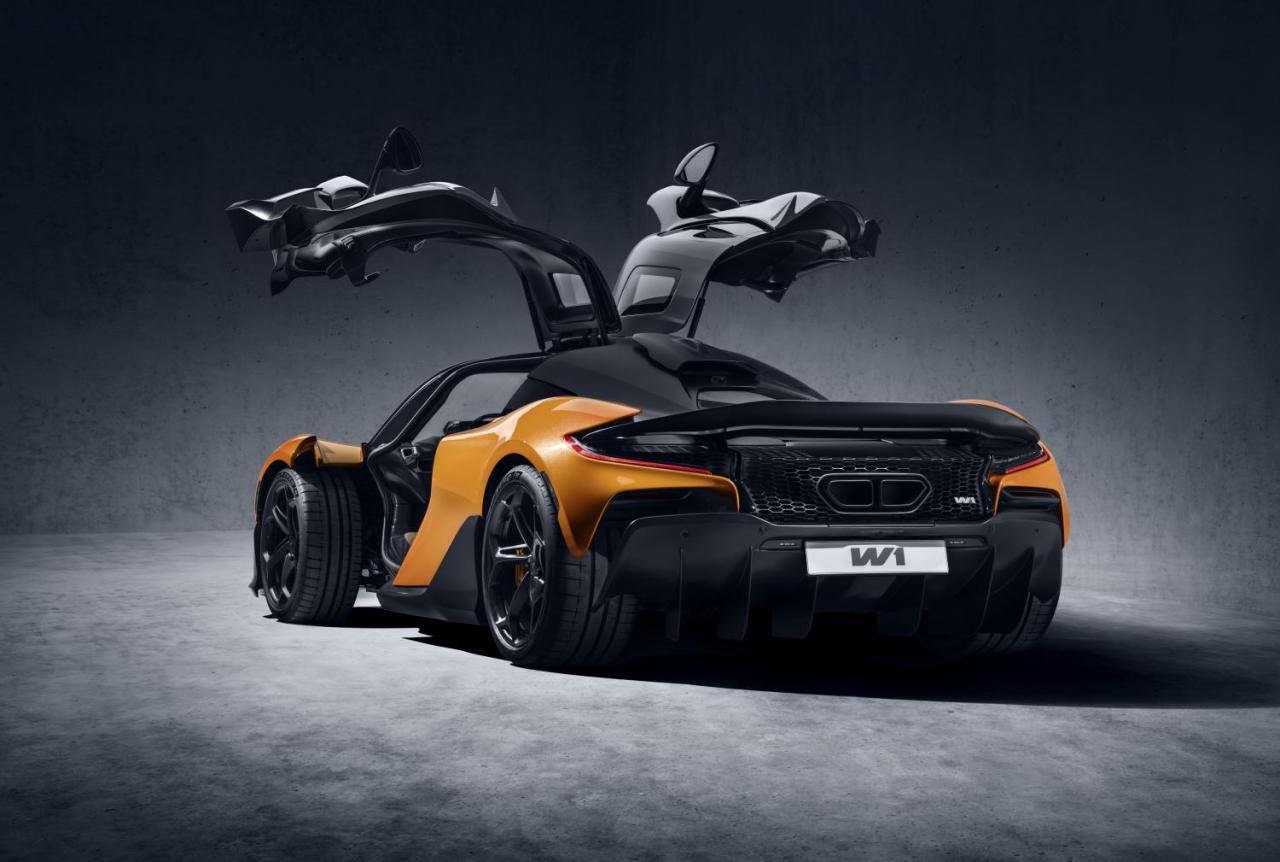
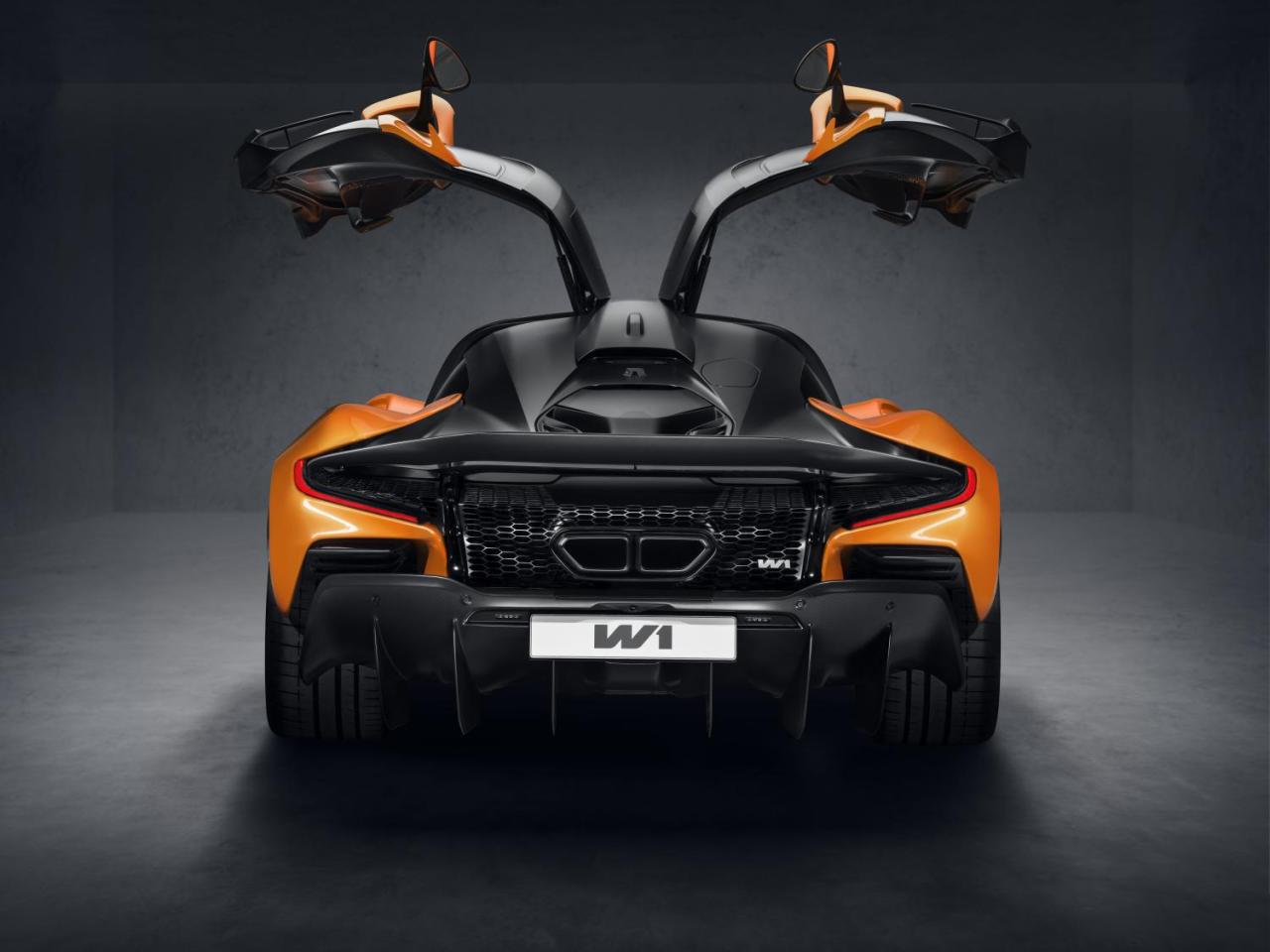
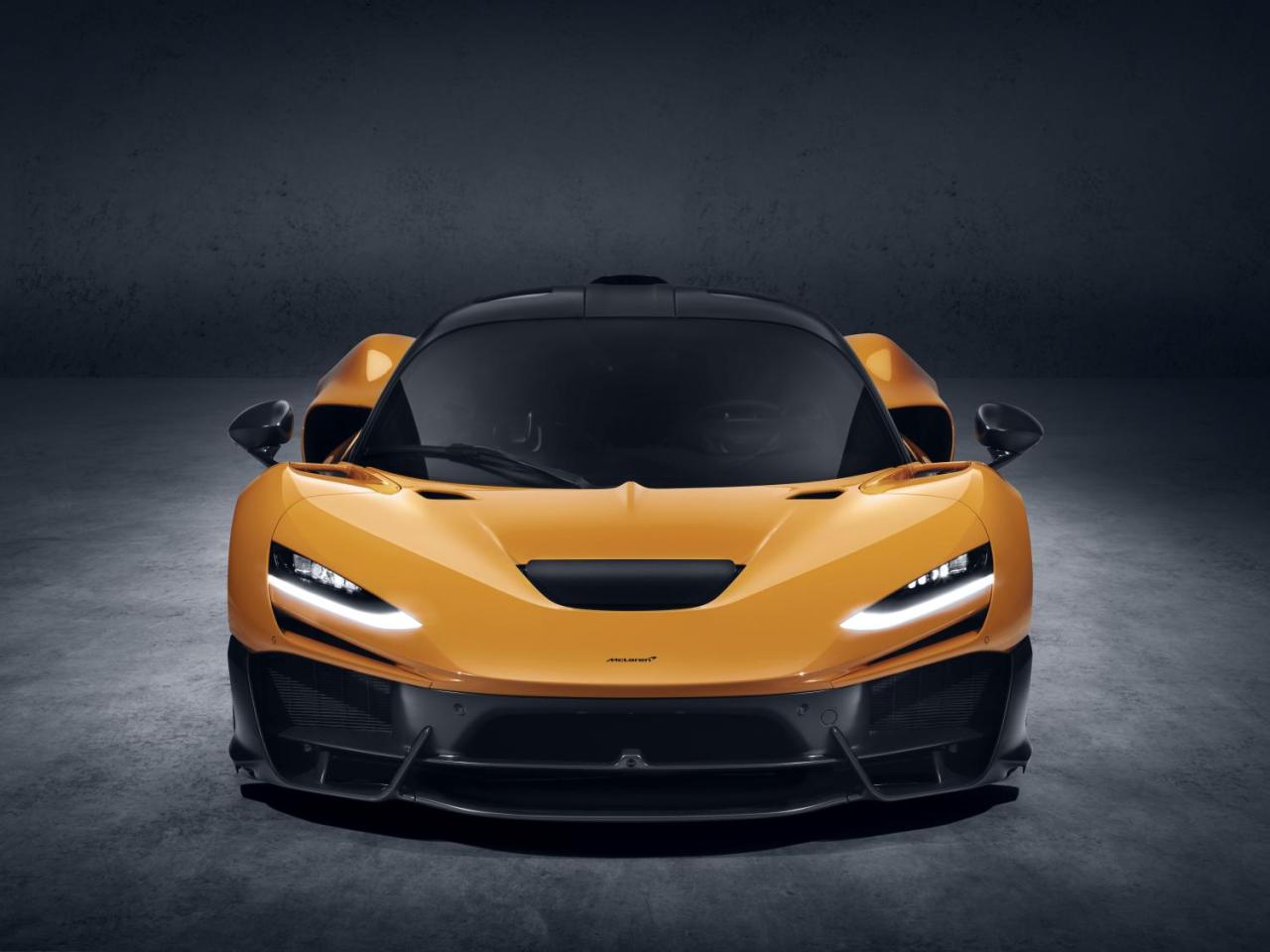
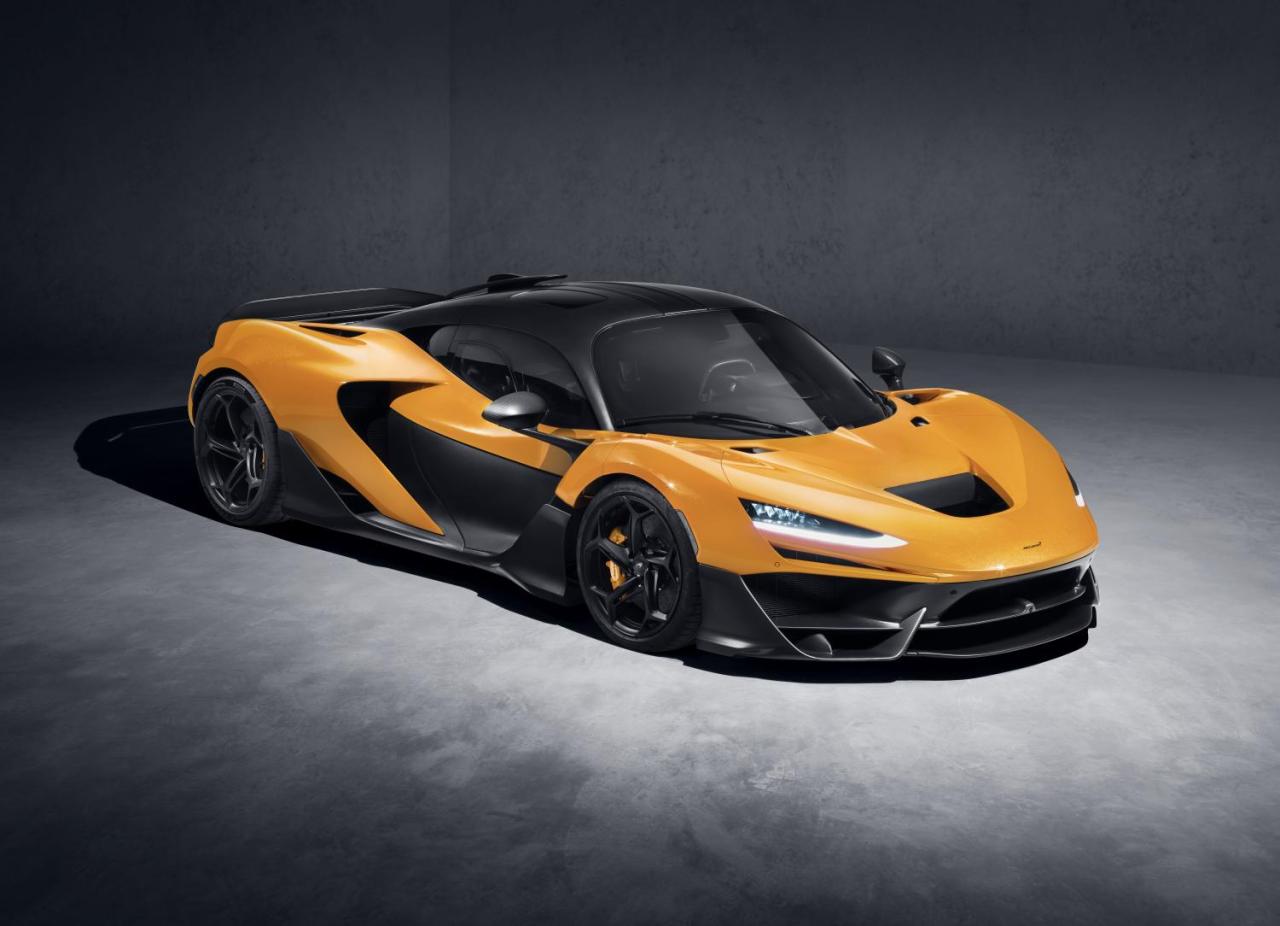
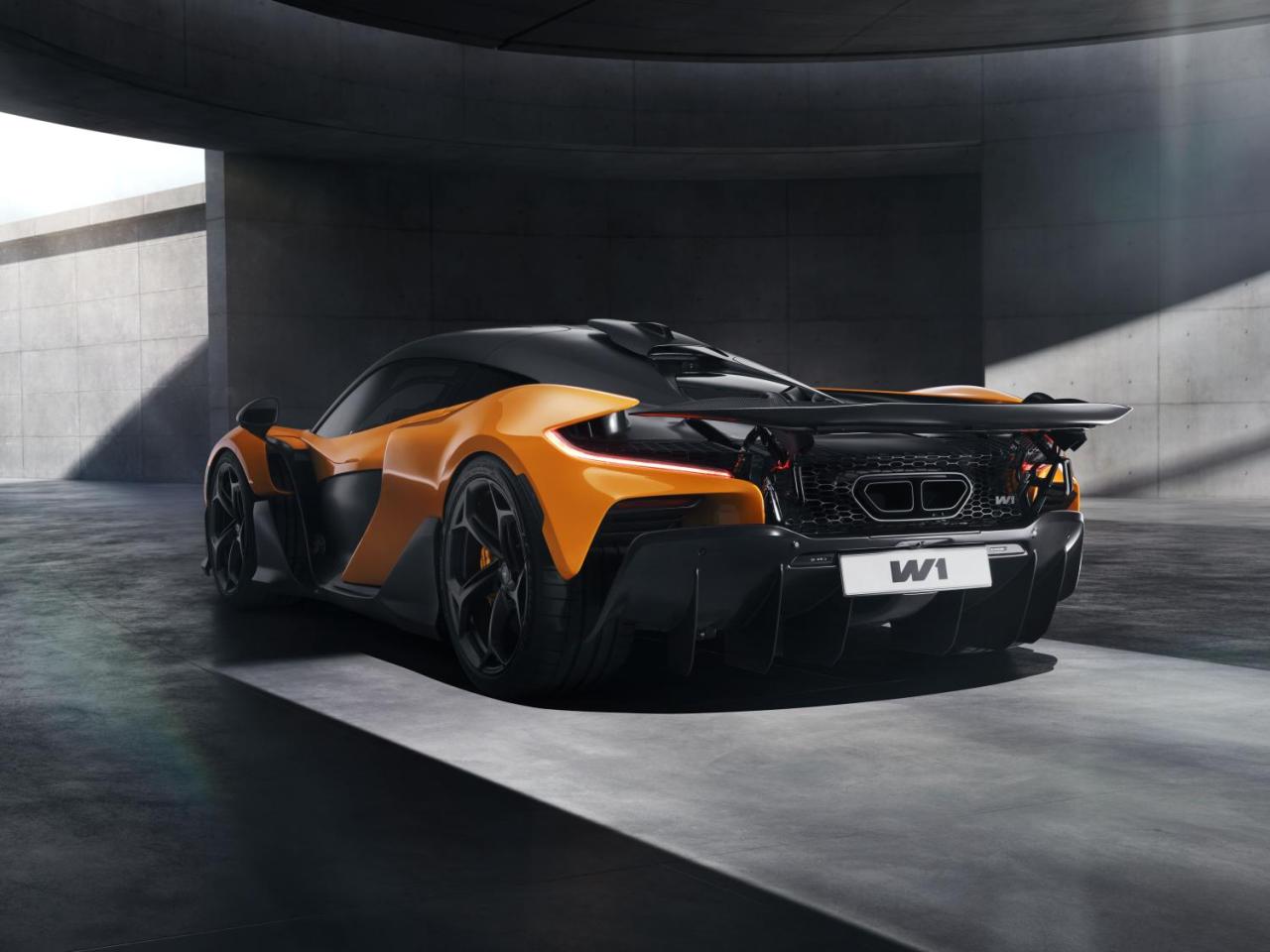
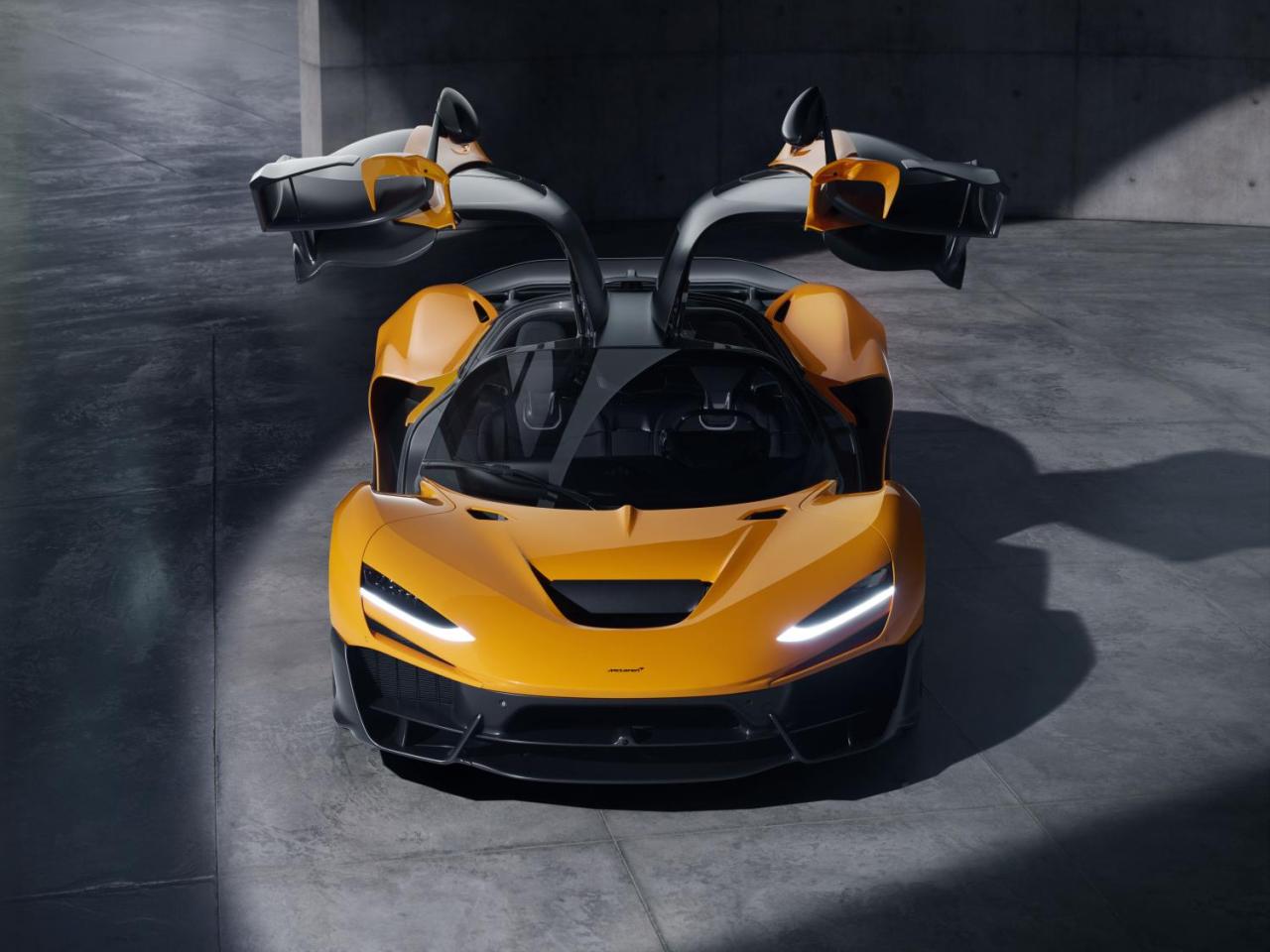
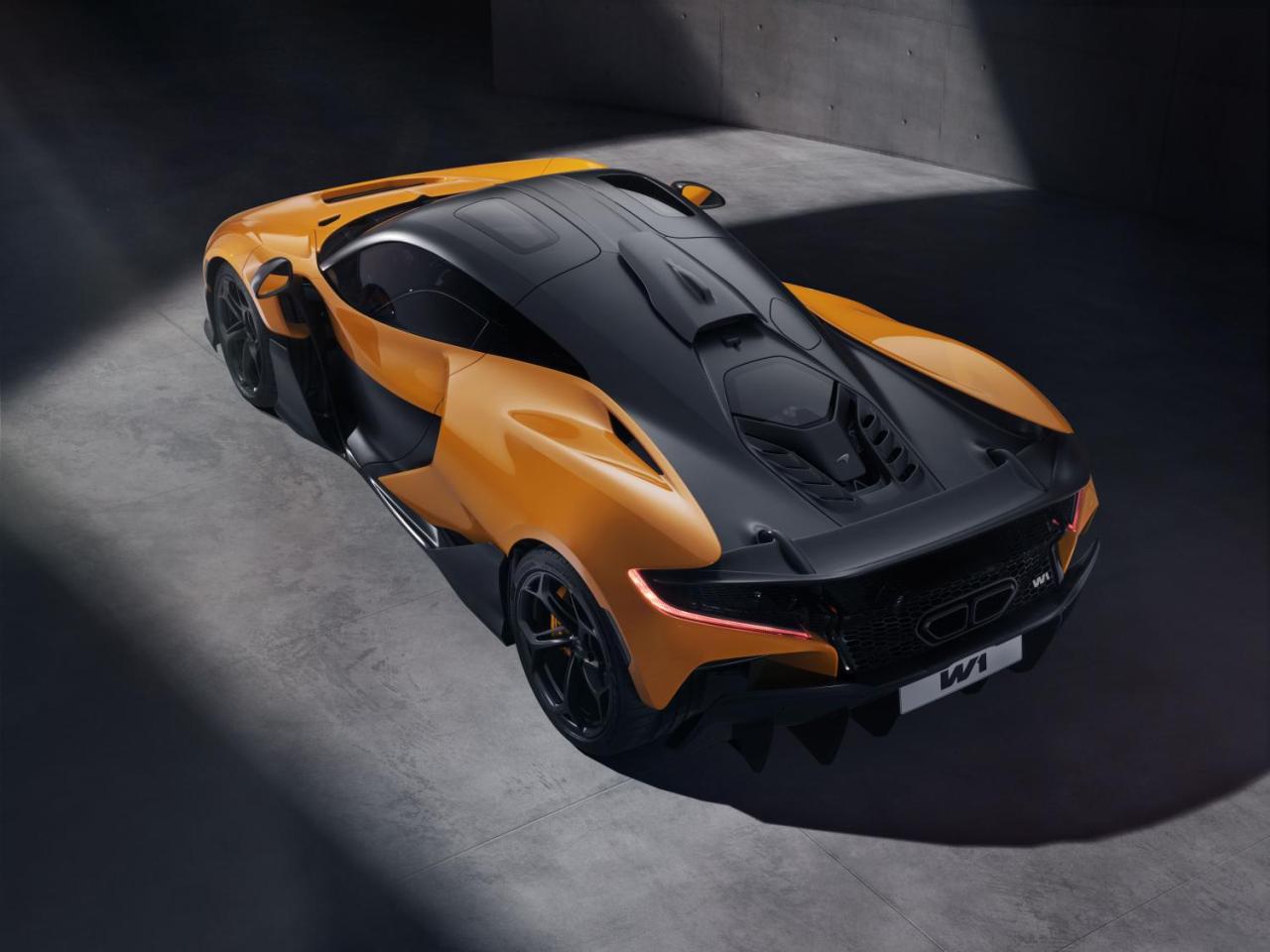
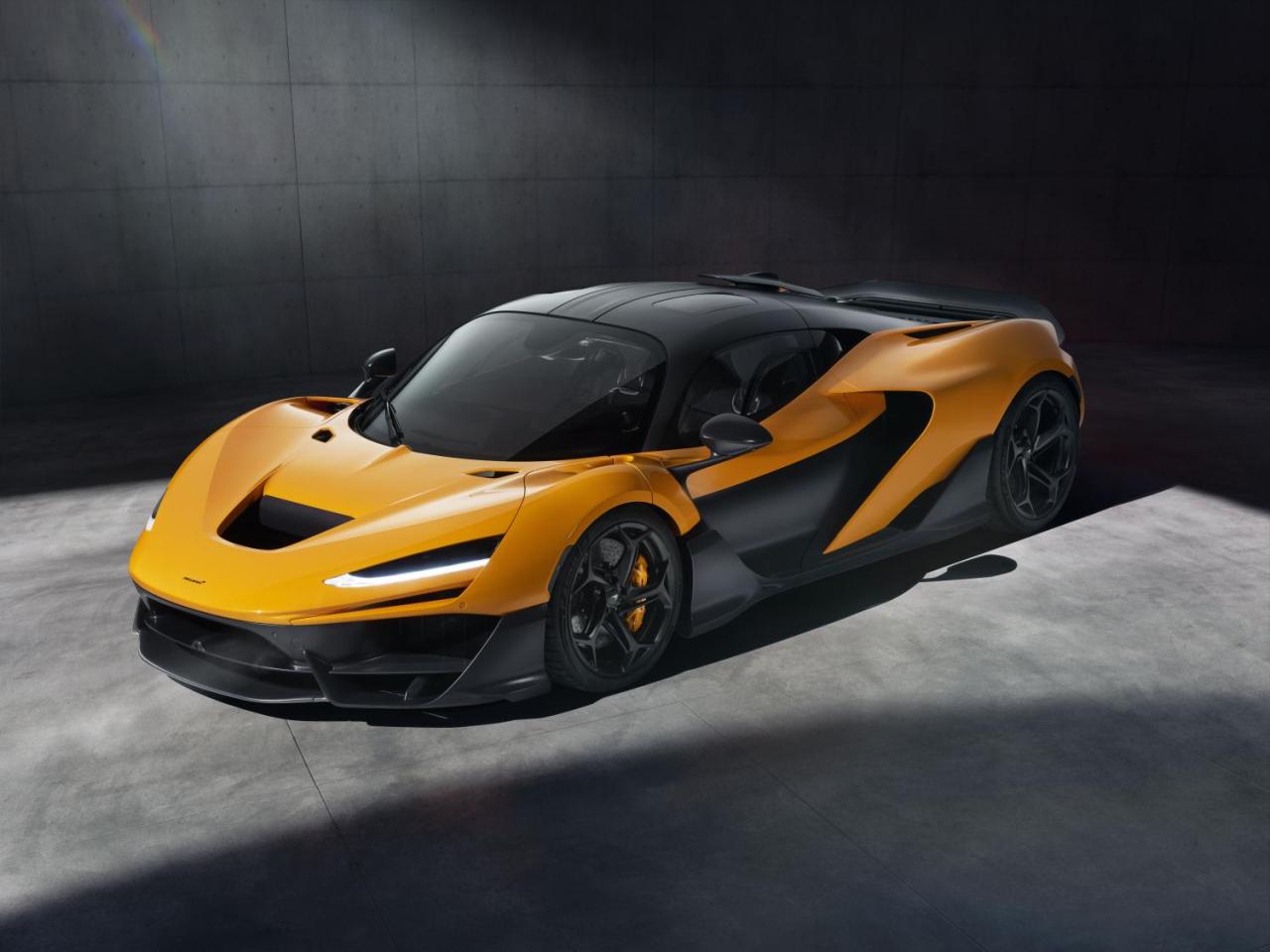


.thumb.jpg.ba067938d47653b939d438541e580bb8.jpg)
.thumb.jpg.e14d9b02de2012ec9b87da85e49ef2c2.jpg)

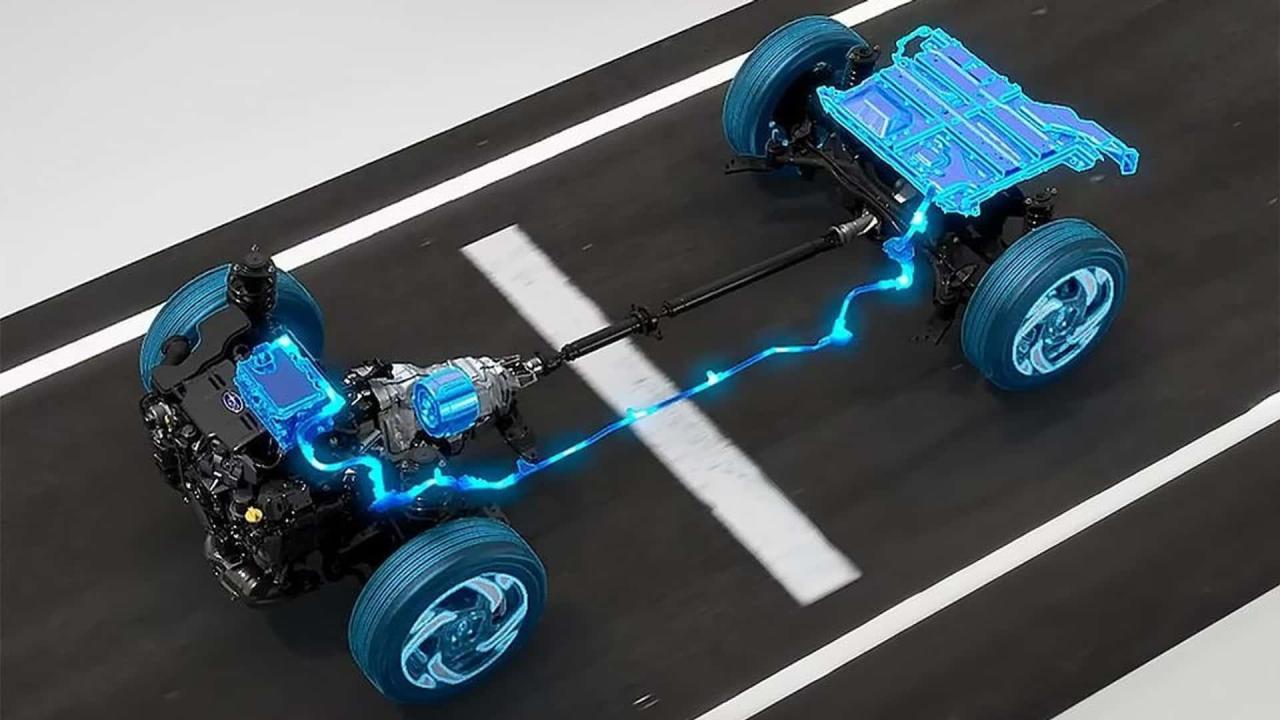

.thumb.jpg.70f6808daed1dcae4c5c0db54814f58b.jpg)
